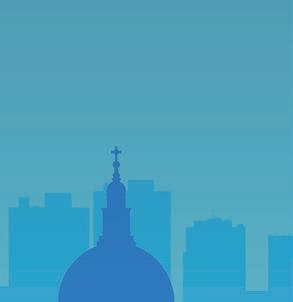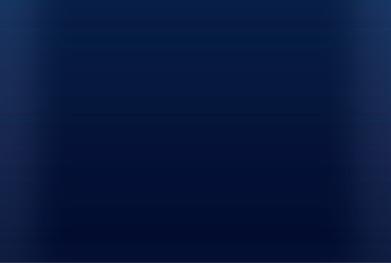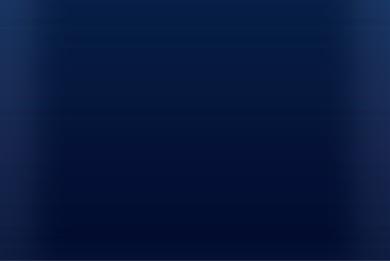THE PENGUIN POST

From CJ Tudor and Tik Tok sensation
Amy Lea to Jonathan Kellerman and Salman Rushdie
VOLUME 22 | JANUARY/FEBRUARY 2023
NATURE IN BLOOM Botanist Braam van Wyk on his love for trees and wild flowers FLAVOURFUL FOOD Recipes to keep your mind and body healthy and happy WILFUL WELLBEING Discover the components of a happy, fulfilled life ON MY MIND Veteran journalist Chris Bishop on black economic empowerment YOUR FREE COPY! LATEST RELEASES
THE MAGAZINE ABOUT BOOKS FOR BOOK LOVERS
With her new novel, Someone Else’s Shoes
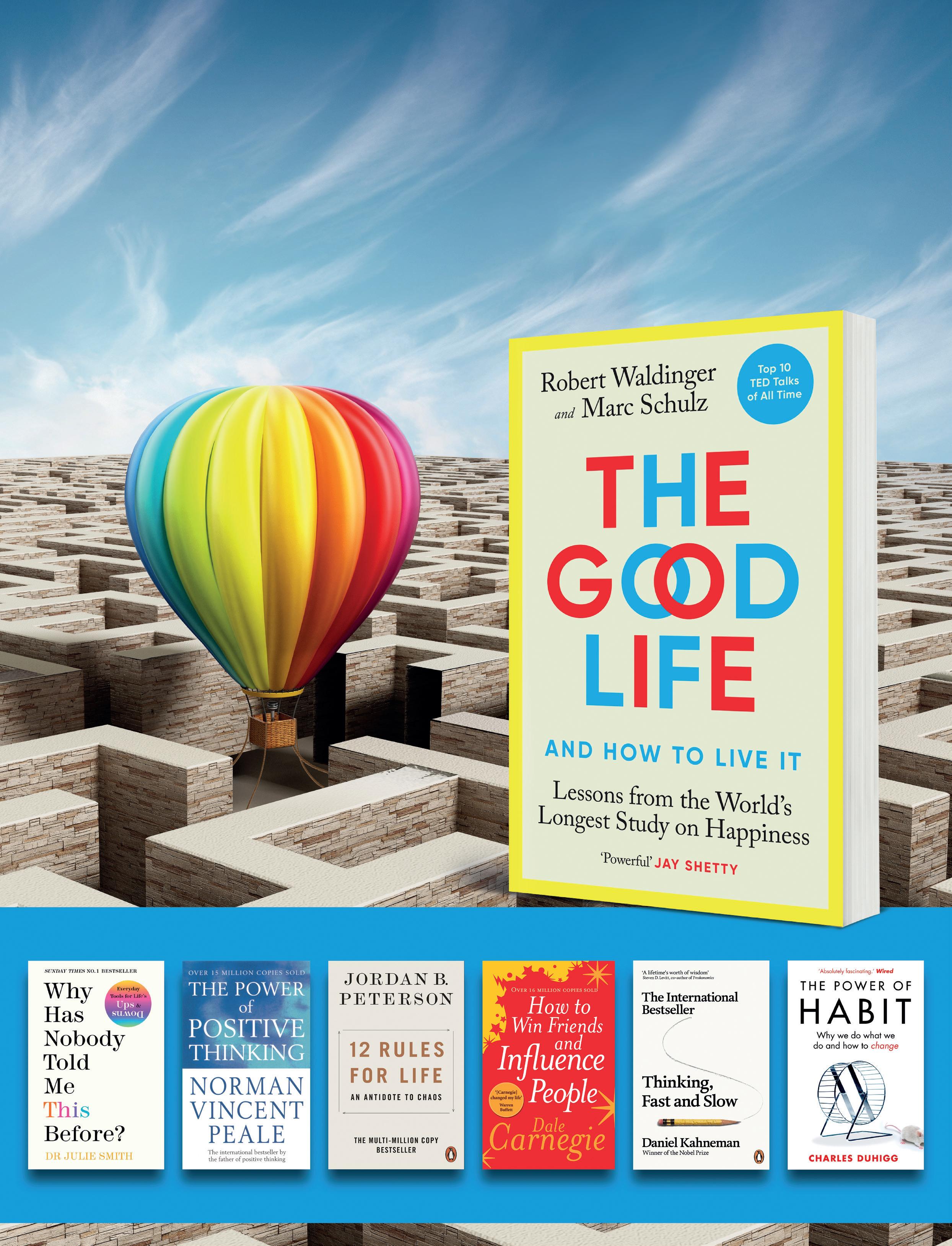
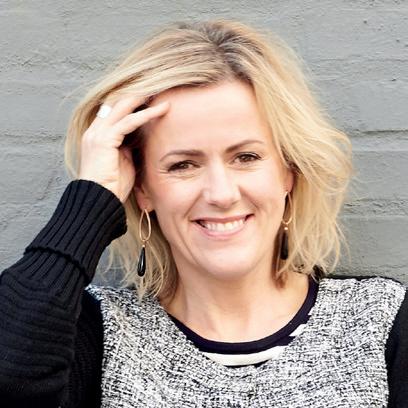


02 BOOKSCAPE
The highly anticipated memoir from Prince Harry, the book that’s dominating the bestseller lists and five minutes with David Viviers
06 COVER Getting to know Jojo Moyes, and an extract from her latest novel, Someone Else’s Shoes
The views and opinions expressed in this magazine are those of the authors and do not necessarily reflect those of the publisher.
10 FICTION At my desk with Catherine Newman, and the best fiction out now
12 ON WRITING Ayòbámi
Adébáyò on how a glimpse into a life can fuel an idea for her next novel
13 BOOK CLUB A riveting debut filled with obsession and magic
14
WELLBEING Discover the components of a happy, fulfilled life
18
AFRIKAANS Skop die nuwe jaar af met ‘n kookboek vol stories - of is dit ‘n storieboek vol resepte?l
20 NATURE Braam van Wyk, an expert on plant taxonomy, writes on where his love for the natural world began
23
FOOD Recipes galore from Nicci Robertson and Aleit Swanepoel, plus your guide to wine pairing
30 ON MY MIND Chris Bishop, veteran journalist and the founding editor of Forbes Africa and Billionaire Tomorrow, on black economic empowerment
… to 2023. We’re so excited to bring you even more interviews with our amazing authors and round ups of the best books on shelves. Plus, we have a few new features up our sleeves for you to look forward to. So, make sure to subscribe by visiting our website, penguinrandomhouse.co.za
We kick off the new year with an issue bursting with books to give you reading goals. Heading up our list is Jojo Moyes’ new novel, Someone Else’s Shoes. It’s a stunning read about two very different women whose lives converge when one of them comes into possession of a pair of vertiginous red crocodile-skin Christian Louboutin slingbacks. It’s a story of mix-ups, mess-ups and making the most of second chances – and we have an extract!
What is the key to a good life? Marc Schulz and Robert Waldinger, directors of the Harvard Study of Adult Development, and authors of the groundbreaking book, The Good Life, share a bit about that in our Wellbeing bonus this issue.
As good for our mental wellbeing is food that is as nourishing as it is tasty. From healthy dishes and go-to dinners, to easy eating from cookbook authors such as the late Aleit Swanepoel and health guru, Nicci Robertson, sticking to your healthy eating resolution couldn’t be easier.

14


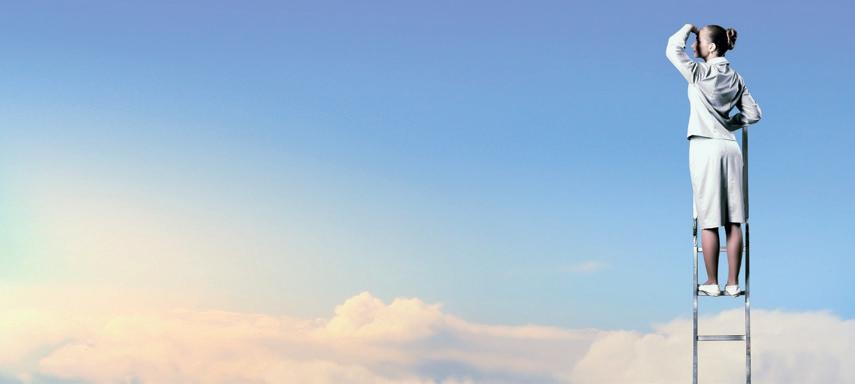

Johannesburg | Growthpoint Business Park, Unit 12A, 162 Tonetti Street, Halfway House Ext 7, Midrand, 1685 | 011 327 3550 Cape Town | Estuaries No 4, Oxbow Crescent, Century Avenue, Century City, 7441 | 021 460 5400
© Copyright Penguin Random House South Africa (Pty) Ltd. The Penguin Post is published by Penguin Random House South Africa. All rights reserved. Reproduction without the written permission of the editor is strictly forbidden.
Editor Lauren Mc Diarmid Designer Sean Robertson Sub Editor Frieda Le Roux
Contributors David Viviers, Catherine Newman, Ayòbámi Adébáyò, Braam van Wyk, Chris Bishop
Cover photo Claudia Janke
Also in this issue, Chris Bishop writes on one of SA’s most controversial policies, black economic empowerment; botanical expert Braam van Wyk shares the story of where his love for plants all began; and the scoop on Prince Harry’s eagerly anticipated memoir.
Happy reading, and may 2023 bring you health and happiness … and loads of reading time!

Lauren Mc Diarmid
ThePost@penguinrandomhouse.co.za


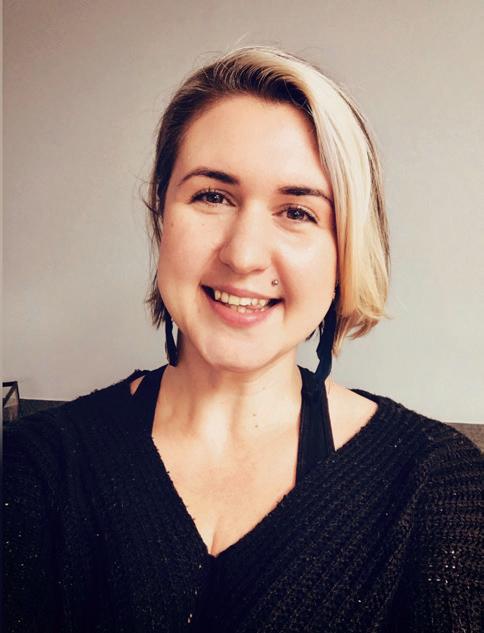


Welcome!
contents
Disclaimer:
bookscape
news
| snippets | what’s new
Everyone’s talking about … The Long-Awaited Memoir from Prince Harry
DOMINATING THE BESTSELLER LISTS



No Plan B by Lee Child & Andrew


Child
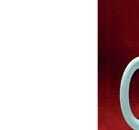




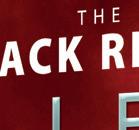
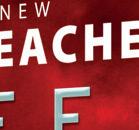







It was one of the most searing images of the twentieth century: two young boys, two princes, walking behind their mother’s coffin as the world watched in sorrow – and horror. As Diana, Princess of Wales, was laid to rest, billions wondered what the princes must be thinking and feeling – and how their lives would play out from that point on. For Harry, this is that story at last. With its raw, unflinching honesty, Spare is a landmark publication full of insight, revelation, self-examination, and hard-won wisdom about the eternal power of love over grief. Prince Harry wishes to support British charities with donations from his proceeds from Spare. The Duke of Sussex has donated $1,500,000 to Sentebale, an organisation he founded with Prince Seeiso in their mothers’ legacies, which supports vulnerable children and young people in Lesotho and Botswana affected by HIV/AIDS. Prince Harry will also donate to the non-profit organisation WellChild in the amount of £300,000. WellChild, which he has been Royal patron of for fifteen years, makes it possible for children and young people with complex health needs to be cared for at home instead of hospital, wherever possible.















This is one of the most highly anticipated memoirs in recent memory. For the first time, Prince Harry shares his journey in his own words. The memoir covers Prince Harry’s life from his early years as a young boy growing up in the Royal Family up to the current time, including his life in California with his wife and children.

‘Lee and Andrew Child nail it again with No Plan B.’ – Richard Osman, author of The Thursday Murder Club series







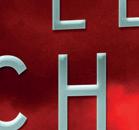


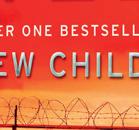
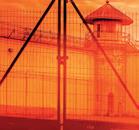
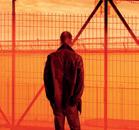

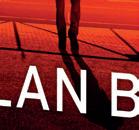












In knitting, when you create the first stitch of a new project, you cast on. When an item is finished, you bind it off. Both of these actions, I’ve found, are incredibly satisfying — the bookends of something manageable and finite. They give me a sense of completion in a world that will always and forever feel chaotic and incomplete. Any time your circumstances start to feel all-consuming, I suggest you try going in the other direction — toward the small.
Spare is out now.

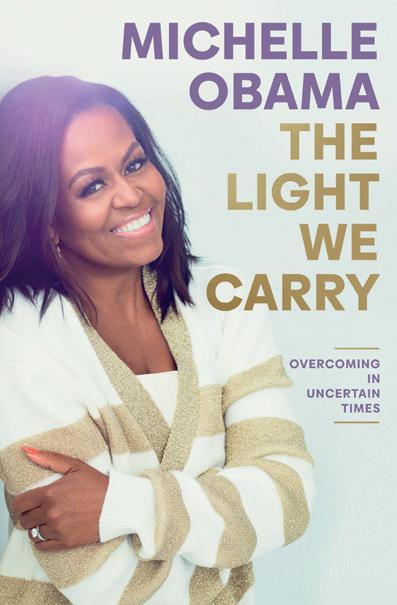


- Michelle Obama, The Light We Carry
THE PENGUIN POST JANUARY/FEBRUARY 2023 2
+++++++++++++++++++++++++++++++++++++++++ +++++++++++++++++++++++++++++++++++++++++ +++++++++++++++++++++++++++++++++++++++++
#bookstagram
MUST of the MONTH
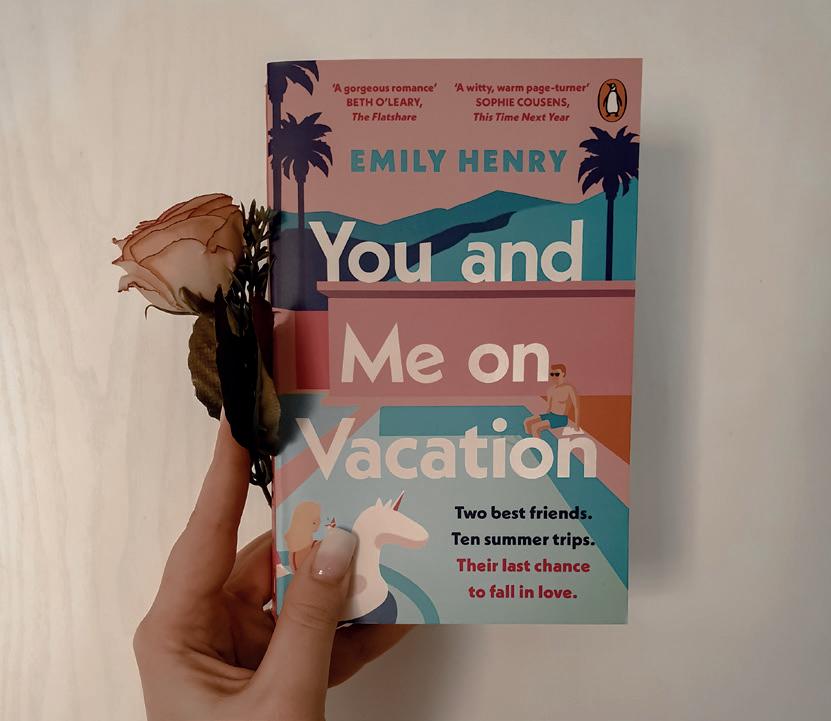
@pageswithkayla
followers
WIN! WIN! WIN!
A hamper of books from this issue valued at R2 500 is up for grabs to one lucky reader. To enter, scan the code using your phone camera, or visit www.penguinrandomhouse. co.za/competitions. Ts & Cs apply. Entries close 28 Feburary 2023.

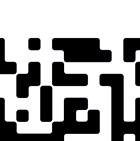

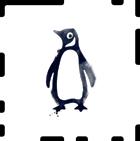

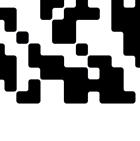

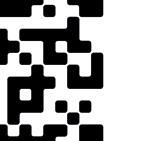

OUT IN PAPERBACK


The Match by Harlan Coben Wilde follows a tip that he hopes will finally solve the mystery of his abandonment, but instead sends him straight into the arms of a serial killer. A gripping thriller from the bestselling author.


A Wedding in Provence by Katie
Fforde
A historical romance about a woman who falls in love with an impossibly good looking French count – and father to three silent, rather hostile children who are to be her charges for the summer.






Reader’s letter
Dear Editor


I picked up Volume 21 of The Penguin Post at Loot Books in November last year when I went to collect a book that I’d ordered.
After browsing through it, while cosied up on my recliner, and having enjoyed the contents from glossy cover to glossy cover, I found myself thinking about my late mother.
She was an avid reader, as I am, and a member of the local public library, where she scoured the shelves each weekend for ‘something nice’ to read. She always had a book next to her bed, and a few more in reserve, otherwise withdrawal symptoms were quick to appear after the last page was turned.
Towards the end of her life, she was diagnosed with glaucoma, which meant that bit by merciless bit, and over a period of time, she became partially sighted.
When she could no longer read, even with the aid of a powerful magnifying glass, she moved to the audio book section, and replaced what she called ‘real’ books with audio tapes. This, of course, was a whole lot better than nothing, but not ideal because if anything went wrong with the machine or the tape, she couldn’t see well enough to fix the problem herself.
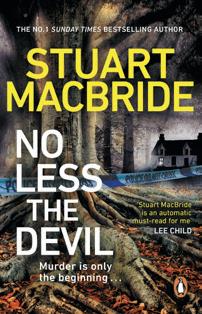

No Less the Devil by Stuart MacBride
It’s been seventeen months since the Bloodsmith butchered his first victim and Operation Maypole is still no nearer catching him. A chilling and compulsive novel.
She passed away in 2007 at the age of 89, but it is only now that I am retired, and in my eighties myself, that I can fully understand, with the deepest sadness, just what the loss of her ability to read must have meant to her.
As such a passionate book lover, I know how thoroughly she would have enjoyed paging through The Magazine About Books for Book Lovers. I know that if my mom could have sent a message, it would be, ‘The ability to read is a gift; savour every word.’ I do, every day.
Sincerely
Cynthia Ridgard







Cynthia’s winning letter has won her a hamper of three books featured in this issue! Want to stand a chance at winning? Email your thoughts in a letter to ThePost@penguinrandomhouse.co.za, and it might just get published in the magazine.

THE PENGUIN POST JANUARY/FEBRUARY 2023 3 UPFRONT
4.5k
Five
Minutes with … DAVID VIVIERS
You may know the face. David Viviers is one of SA’s well-known actors, but now he is a published author as well. And his writing is every bit as good as his acting.
How has your acting work informed your novel-writing?
I wish I could say something like it allowed easy psychological insight into characters … but it took a while for me to get there! I think where it did maybe help was conceptualising scenes in terms of their rhythm — where the beats were, the awkward silences and so on. And perhaps seeing action more visually, as it might play out in a film.
The Karoo has such a presence in Mirage – it’s almost a character itself. What made you decide on this setting?

I’ve always been slightly more interested in female characters. My favourite actors are women. Growing up, the most nurturing figures in my life were women. And I’ve felt a kind of weird soul-connection to Olive Schreiner (whom Elizabeth is loosely based on), ever since I first read The Story of an African Farm
Have you been interested in the cosmos and astronomy for a long time?





Since childhood, I’ve been fascinated by the Karoo’s strange beauty. I think even at that young age, I felt there was something metaphysical about this landscape; something you can’t quite put into words: a spine-tingle, a melancholy. Time works differently here: you almost wouldn’t be surprised if a dinosaur had to come round the corner. I think when I’m out in the Karoo, more than anywhere else, I become aware again than I’m on a planet — and of the cosmos beyond.

This is a quite a feminist story. Please tell us why you decided to inhabit the worlds of two women, a Victorian novelist and a contemporary cosmologist.


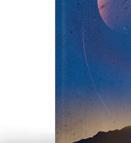
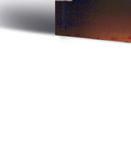
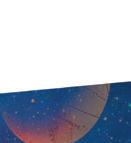
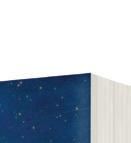


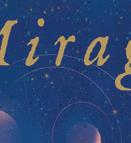
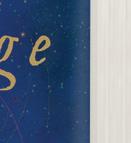


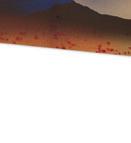
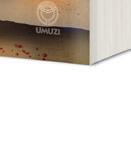


Yes, since I was a child. After school, I’d spend my afternoons reading astronomy books and writing out facts about stars and planets into homemade journals that I’d staple together from old fax machine paper. As you can probably guess, sports weren’t my first priority. My dad would print out The Astronomy Picture of the Day at work (an online archive still going today) and bring them home for me. Each evening there’d be some new cosmic wonder to discover: black holes, neutron stars, exploding supernovas.

What messages or feelings do you hope readers of Mirage are left with once they’ve finished the book?

More than anything, I’d really love it if readers looked at the world a little differently than they did before reading the novel.

THE PENGUIN POST JANUARY/FEBRUARY 2023 4 UPFRONT
Mirage is out now.
PHOTO: Maggie Gericke





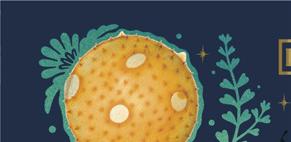
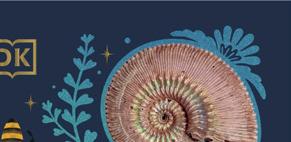

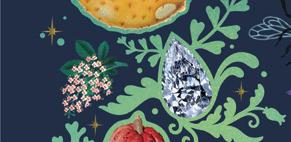


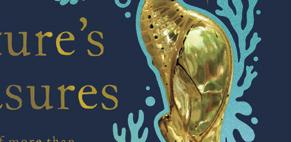
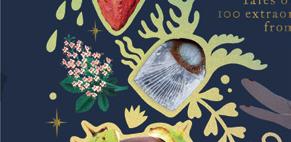

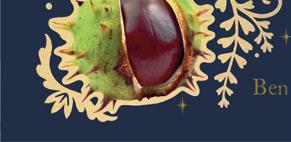
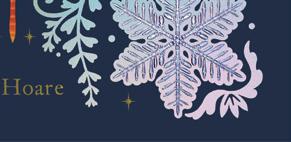
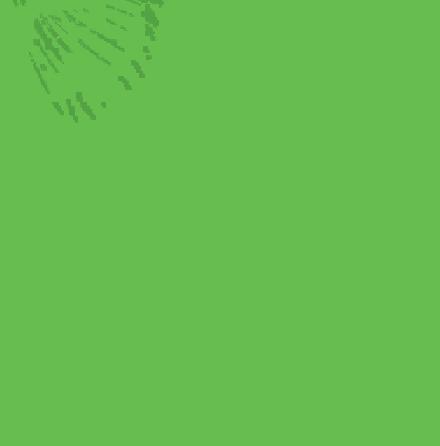

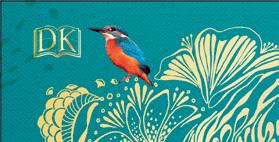

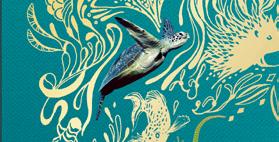
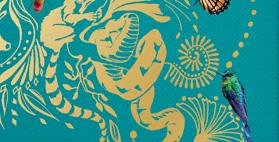
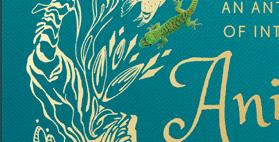
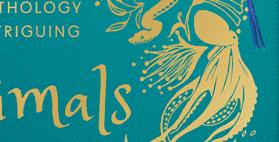
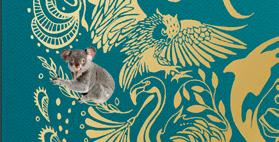





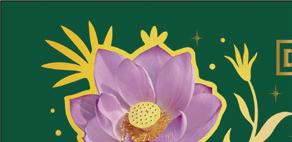
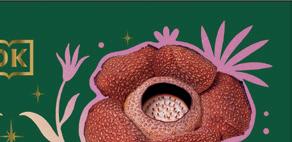



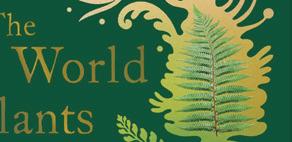
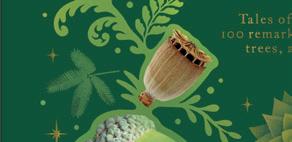
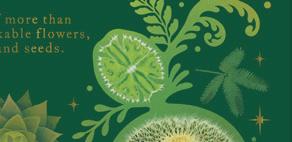
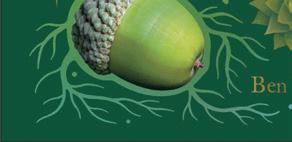


NATURE AT ITS BEST
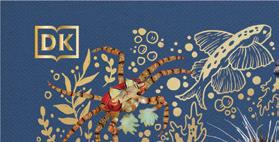
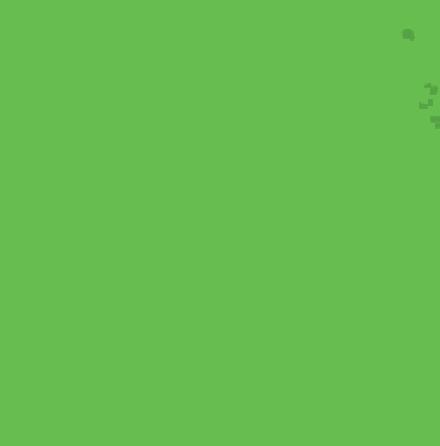
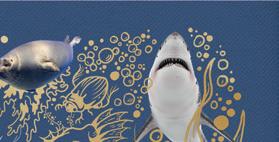

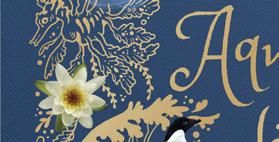
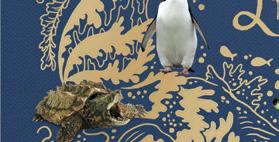


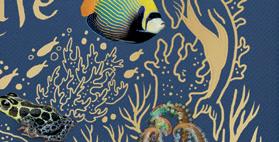
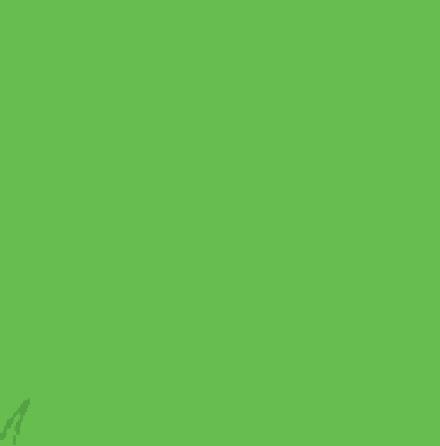

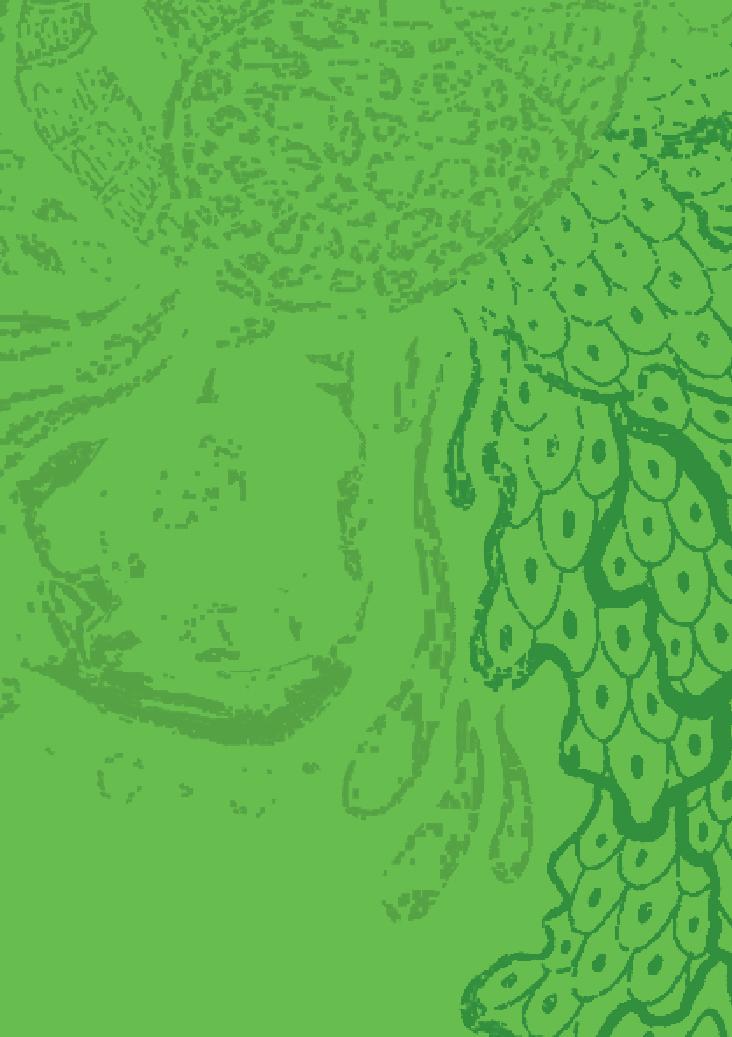


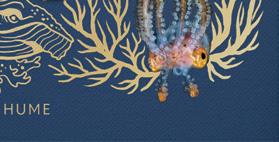

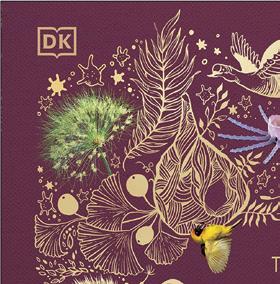
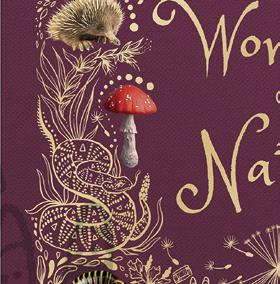
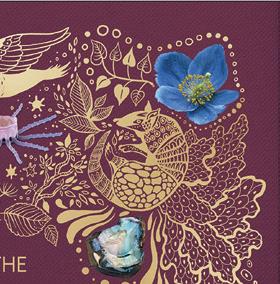
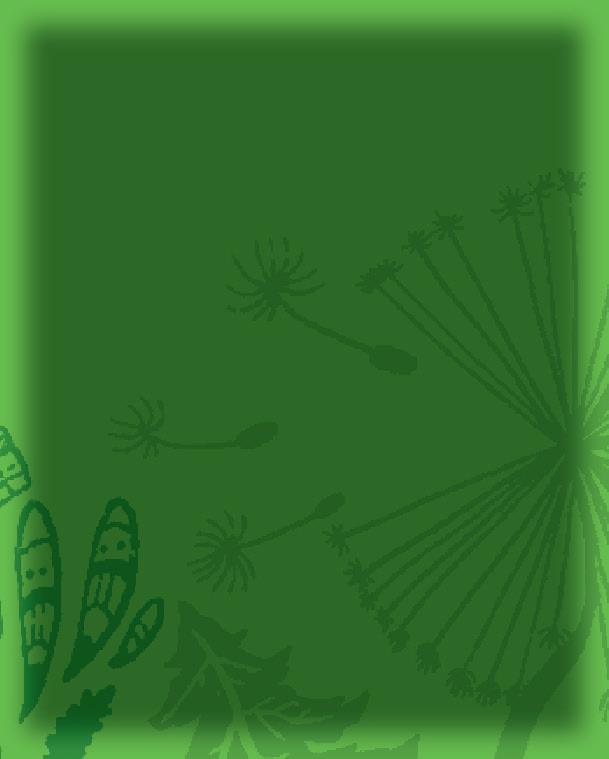

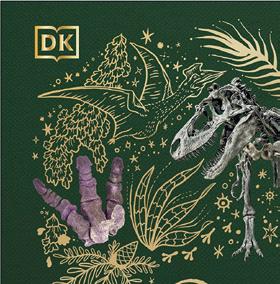


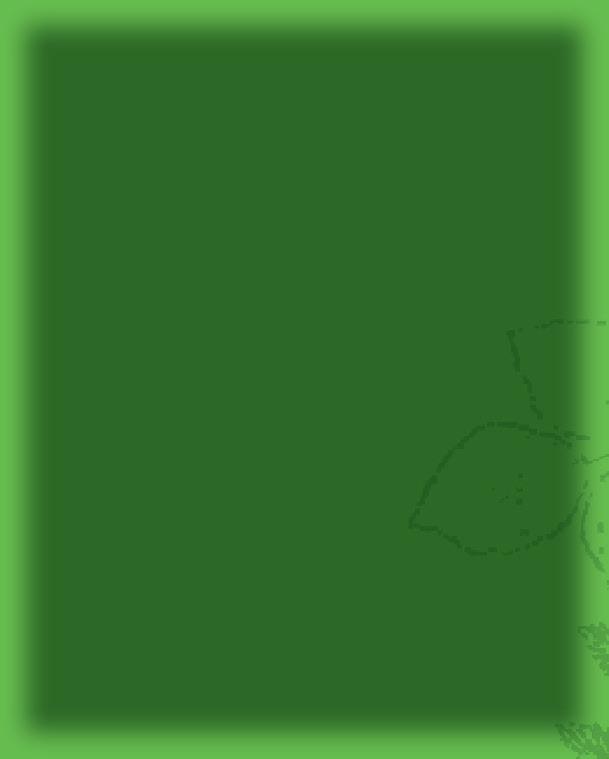
Nurture your child’s curiosity as they explore the natural world with DK’s Anthologies series.


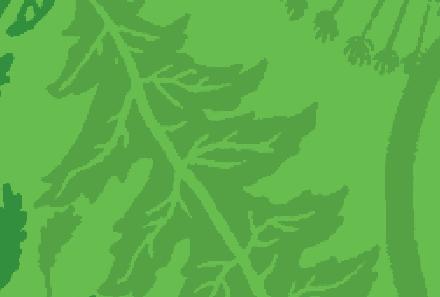

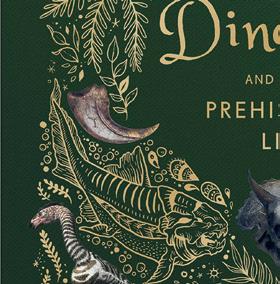

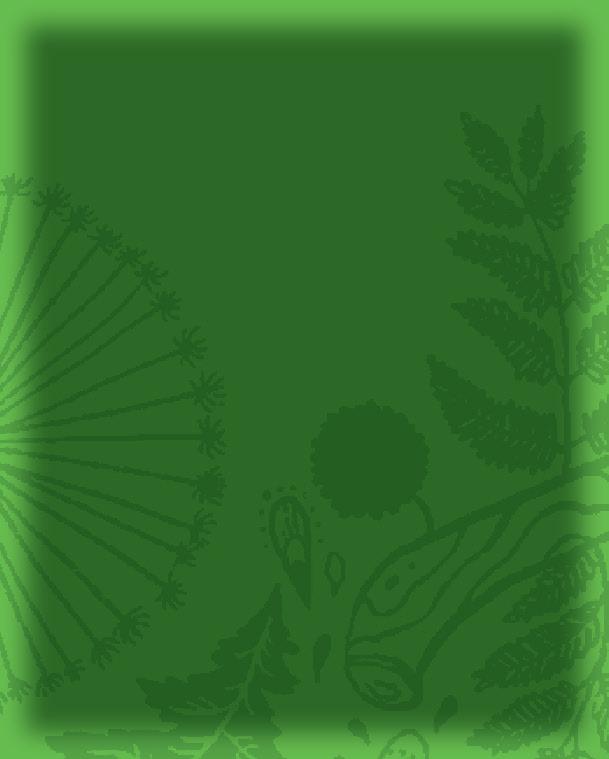

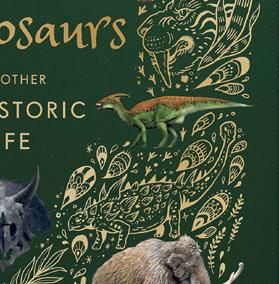

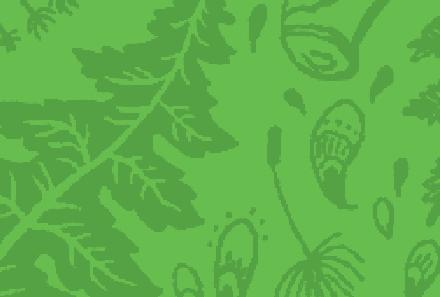



Novelist and screenwriter Jojo Moyes has written fifteen books, including the bestseller Me Before You. Her books have been translated into fortysix languages, have hit the number one spot in twelve countries and have sold fifty-one million copies worldwide. Her exciting new novel, Someone Else’s Shoes, is a story of mix-ups, mess-ups and making the most of second chances. Dive into it with an extract from the book.
‘Sam stares up at the slowly lightening ceiling and practises her breathing, like the doctor advised her, as she tries to stop her 5 a.m. thoughts congealing into one enormous dark cloud above her head.
In for six, hold for three, out for seven. I am healthy, she recites silently. My family is healthy. The dog has stopped that weeing-inthe-hall thing. There is food in the fridge and I still have a job. She slightly regrets putting in that still because the thought of her job makes her stomach clench again.
In for six, hold for three, out for seven. Her parents are still alive. Although admittedly it can be hard to justify including that in a mental gratitude diary. Oh, Jesus. Her mother is going to make some pointed comment on Sunday about how they always visit Phil’s mother, isn’t she? It will come at some point between the small sherry and the over-heavy pudding, as inevitable as death, taxes and these random chin hairs. She imagines fending her off with a polite smile: Well, Mum, Nancy has just lost her husband of fifty years. She’s a bit lonely just now.
But you visited her all the time when he was still alive, didn’t you? she hears her mother’s response.
Yes, but her husband was dying. Phil wanted to see his dad as much as possible before he shuffled off this mortal coil. We weren’t having a bloody knees-up.
She realises she is having another imaginary argument with her mother, and pulls it back, trying to put the thought into
It will come at some point between the small sherry and the over-heavy pudding, as inevitable as death, taxes and these random chin hairs.
a mental box, like she read in an article, and place an imaginary mental lid on it. The lid fails resolutely to shut. She finds she has a lot of imaginary arguments, these days: with Simon at work, with her mother, with that woman who pushed in front of her at the checkout yesterday. None of these arguments ever leave her lips in real life. She just grits her teeth. And tries to breathe.
In for six, hold for three, out for seven.
I am not living in an actual war zone, she thinks. There is clean water in the taps and food on the shelves. No explosions, no guns. No famine. That’s got to be something. But thinking about those poor children in war zones makes her eyes prickle with tears. Her eyes are always prickling with tears. Cat keeps telling her to go and get HRT but she still has periods and occasional hormonal spots (how is that fair?) and, anyway, there is no time to book a doctor’s appointment. The last time she rang they didn’t have a single one available for two weeks. What if I was dying? she had thought. And had an imaginary argument with the doctor’s receptionist.
In real life, she simply said: ‘Oh, that’s a bit far off. I’m sure I’ll be fine. Thanks anyway.’
She glances to her right. Phil is slumbering, his face troubled even in sleep. She wants to reach over and stroke his hair, but lately when she does that, he jumps awake, looking startled and unhappy, as if she has done something cruel.
She folds her hands in front of her instead and tries to adopt a relaxed, even pose. Rest is as good as sleep, someone once told her. Just clear your thoughts, and let your body relax.
THE PENGUIN POST JANUARY/FEBRUARY 2023 7 COVER

Let your limbs release any tension they’re holding, from the toes up. Let your feet grow heavy. Let that feeling travel slowly up to your ankles, your knees, your hips, your stom‒
Ah, fuck it, says the inside of her head. It’s a quarter to six. I might as well get up.
*
‘There’s no milk,’ says Cat. She is staring accusingly at the interior of the fridge, as if waiting for some to metamorphosize.
‘You could run to the shop?’
‘I haven’t got time,’ Cat says. ‘I have to do my hair.’
‘Well, I’m afraid I haven’t got time either.’
‘Why?’
‘Because I’m going to that gym and spa you bought me a day pass for. Bodyworks. It expires tomorrow.’
‘But I gave you that a year ago! And surely you’ll only get a couple of hours in there if you’re going to work.’
‘I’ve arranged to go in a bit late. At least
it’s right near the office. I just haven’t had any time.’ She never has any time. She says it like a mantra, along with ‘I’m so tired’. But nobody has any time. Everybody is tired.
Cat raises her eyebrows. For her, self-care is a necessity, coming before the more prosaic needs of money, housing and nutrition.
‘I keep telling you, Mum, use it or lose it,’ says Cat, who eyes her mother’s increasingly indistinct hip-to-waist ratio with barely concealed horror. She closes the fridge. ‘Ugh. I just don’t know why Dad can’t even buy a carton of milk.’
‘Leave him a note,’ she says, gathering her things. ‘Maybe he’ll be feeling better today.’
‘And maybe monkeys will fly out of my butt.’
Cat stalks out of the kitchen in the way that only a nineteen-year-old young woman can. A few seconds later Sam can hear the furious roar of her hairdryer and knows that it will be left in Cat’s room until she retrieves it.
‘I thought you didn’t drink cow’s milk any more, anyway,’ she shouts up the stairs.
The hairdryer stops briefly. ‘Now you’re just being annoying,’ comes the response.


I keep telling you, Mum, use it or lose it,’ says Cat, who eyes her mother’s increasingly indistinct hip-towaist ratio with barely concealed horror.

















She locates her swimsuit at the back of the drawer and shoves it into her black gym bag.’


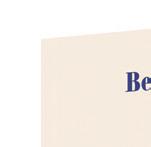
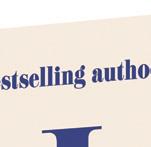


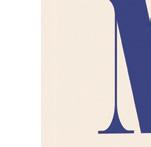





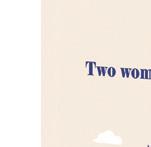
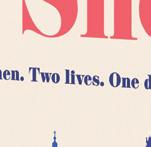






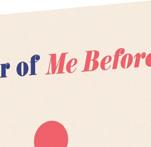




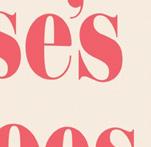
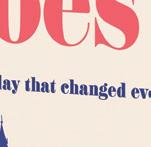
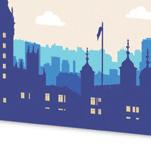




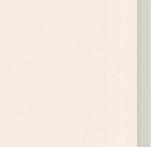
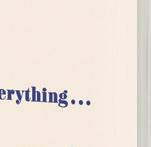

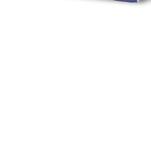


















THE PENGUIN POST JANUARY/FEBRUARY 2023 8
Someone Else’s Shoes by Jojo Moyes hits shelves February 2023.
PHOTO: Stine Heilmann
FROM THE JOJO MOYES COLLECTION


Me Before You
Lou Clark knows lots of things. Like how many footsteps there are between the bus stop and home. What Lou doesn’t know is that knowing what’s coming is what keeps her sane. Will Traynor knows his motorcycle accident took away his desire to live. He knows everything feels very small and rather joyless now and he knows exactly how he’s going to put a stop to that. What Will doesn’t know is that Lou is about to burst into his world in a riot of colour. And neither of them knows they’re going to change the other forever.
‘Some mistakes ... just have greater consequences than others. But you don’t have to let the result of one mistake be the thing that defines you.’


After You
Lou Clark has lots of questions. Like how it is she’s ended up working in an airport bar. Whether her family can ever forgive her. And will she ever get over the love of her life. What she knows for certain is that something has to change. Then it does. But does the stranger on her doorstep hold the answers Lou is searching for? Close the door and life continues: simple, ordered, safe. Open it and she risks everything. But Lou once made a promise to live. And if she’s going to keep it, she has to invite them in…
‘You live. And you throw yourself into everything and try not to think about the bruises.’
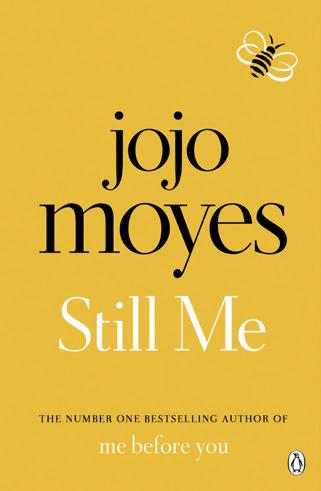

Still Me
Lou Clark knows too many things ... She knows how many miles lie between her new home in New York and her new boyfriend Sam in London. She knows her employer is a good man and she knows his wife is keeping a secret from him. What Lou doesn’t know is she’s about to meet someone who’s going to turn her whole life upside down. Because Josh will remind her so much of a man she used to know that it’ll hurt. Lou won’t know what to do next, but she knows that whatever she chooses is going to change everything.
‘You’re shaped so much by the people who surround you, and how careful you have to be in choosing them for this exact reason, and then I thought, despite all that, in the end maybe you have to lose them all in order to truly find yourself.’


The Giver of Stars England, late 1930s, and Alice Wright – restless, stifled –makes an impulsive decision to marry wealthy American Bennett Van Cleve and leave her home and family behind. But stuffy, disapproving Baileyville, Kentucky, where her husband favours work over his wife, is not the adventure - or the escape - that she hoped for. That is, until she meets Margery O’Hare, a troublesome woman - and daughter of a notorious felon - the town wishes to forget. Margery’s on a mission to spread the wonder of books and reading to the poor and lost - and she needs Alice’s help. Will their belief in one another - and the power of the written word - be enough to save them?
‘There is always a way out of a situation. Might be ugly. Might leave you feeling like the earth had gone and shifted under your feet. But there is always a way around.’
THE PENGUIN POST JANUARY/FEBRUARY 2023 9 COVER
at my desk
Author Catherine Newman chats about her first novel for adults, We All Want Impossible Things.
‘Iwrite a lifestyle column, and have penned books on my parenting experience and books for kids on important skills to learn, so We All Want Impossible Things is really my first real endeavour into fiction. While I was writing the novel, I had to keep reminding myself that I could fictionalise stuff ! It gave me a kind of vertigo, the bottomless possibilities afforded by fiction. With a memoir, you’re bound by the truth, but writing the novel, I was suddenly, like, “Oh, wait, what if she doesn’t die?”
But We All Want Impossible Things is similar to a Memoir, in that it’s inspired by my own experience of losing my best friend. She passed away in hospice some years back and I think that for me, and perhaps writers in general, the idea that – in the middle of something hard – I have the ability to create a narrative around the experience is reassuring. Weirdly, or perhaps paradoxically, it also helps me be very present in the moment, imagining that I will be writing something about it. I feel very aware of everything that’s happening, and that was a real gift when my friend was dying.
Of course, Edi and Ash are based on my friend and I, as are most of the scenes in the book. The entire novel is so close to my heart, but the scene where Ash is trying to reassure Edi that her son is essentially entirely made out of her love nearly broke me. I almost couldn’t write it. But there are also light moments in the books, such as all the comedic scenes with the daughter Belle, who is a lot like someone I know.

NoraEphronstyle wit ... comforting, so funny, moving ... one of my favourite books ever.
Marian Keyes
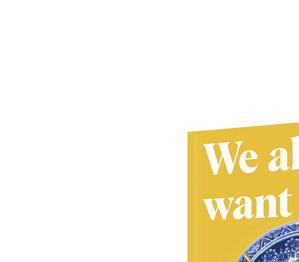

I spent years (decades) doing the “wool gathering” for this novel, but the actual writing I did very quickly. In a matter of months. I lived and breathed this novel over the course of a single winter, and wrote obsessively every day until it was done. In between my many other writing
deadlines, it helped to prioritise this novel, or I knew I’d never get to it. Of course, there was no way I could miss my professional deadlines, so having that pressure on me kept me on my toes. It was also great writing practice for me, having so many deadlines, even though they get in the way. It kept me writing all the time. What also really helped me (besides having my cats around and loads of coffee) was having a writing calendar. Every month, I sketch out a calendar, and reward myself with a sticker for every 500 words I write on any given day. Because I am two years old and learning how to use the potty, apparently. But it works!’
ABOUT THE BOOK

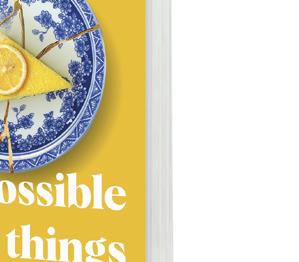

We All Want Impossible Things is out now.
Edi and Ash have been best friends for over forty years. So, when Edi is diagnosed with terminal cancer, Ash’s world reshapes around the rhythms of Edi’s care, from chipped ice and watermelon cubes to music therapy; from snack smuggling to impromptu excursions into the frozen winter night. Because life is about squeezing the joy out of every moment, about building a powerhouse of memories, about learning when to hold on, and when to let go. A deeply moving celebration of life and friendship at its imperfect, radiant, and irreverent best.
FICTION THE PENGUIN POST JANUARY/FEBRUARY 2023 10
TOP FICTION this month’s


Victory City by Salman Rushdie
After witnessing the death of her mother, the grief-stricken Pampa Kampana becomes a vessel for the goddess Parvati, who begins to speak out of the girl’s mouth. Granting her powers beyond Pampa Kampana’s comprehension, the goddess tells her that she will be instrumental in the rise of a great city called Bisnaga – literally ‘victory city’ – the wonder of the world. Set over centuries, this is a magical realist feminist tale that will stay with you long after you turn the final page.


The
Drift by C. J. Tudor
Hannah is trapped inside a coach with a handful of survivors, a brewing virus, and no way to call for help. Former detective, Meg is in a cable car suspended far above a snowstorm and surrounded by strangers. Carter and his ragtag compatriots manage a precarious survival, manufacturing vaccines against a deadly virus. But as their generator begins to waver, the threat of something lurking in their chalet’s depths looms larger. A gripping novel of catastrophe and survival at the end of the world.
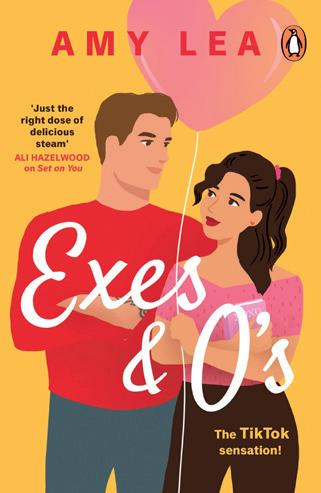

Exes and O’s by Amy Lea
Despite having her heart broken many times, Tara Chen is still determined to find her perfect match. She decides to revisit her exes – all ten of them – in the hope of finding her very own trope-worthy second-chance romance. She enlists the help of her new flatmate, firefighting commitmentphobe Trevor Metcalfe. But, the more time they spend together, the more Trevor comes to appreciate Tara’s authentic, dramatic self. The next steamy and hilarious rom-com from a Tik Tok favourite.


The Other Guest by Heidi Perks
Laila and her husband arrive for a desperately needed week’s holiday in Greece. As Laila sits by the pool, she finds herself drawn to the other family staying in their resort. Em has no idea who Laila is, or that she has been watching her and her teenage sons and husband so intently. Five days later their worlds will be blown apart by a horrifying event. The new thriller from Heidi Perks that will have you on the edge of your seat from page one.




Alex Delaware 38: Unnatural History by Jonathan Kellerman
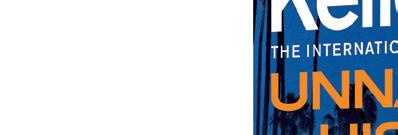
When Lieutenant Milo Sturgis and psychologist Alex Delaware are called to the scene of a brutal murder, it sets off their most complex case yet. The victim had received rave media attention for his latest photography project: images of homeless people living their ‘dreams’. But, some saw this elaborately costumed project as nothing more than exploitation. As new murders arise, Alex and Milo look into the unsettling case, culminating in one of the deadliest threats they’ve ever faced. The 38th Alex Delaware novel from the bestselling master of suspense.
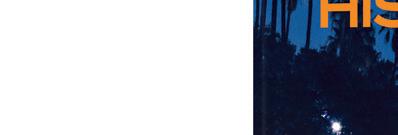
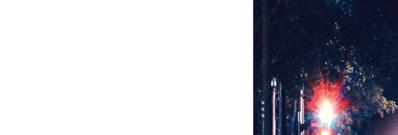

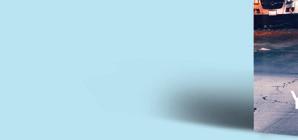



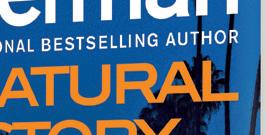



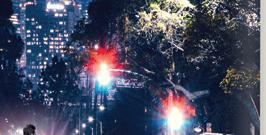



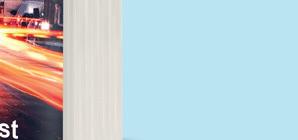
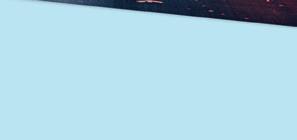

FICTION
THE PENGUIN POST JANUARY/FEBRUARY 2023 11
The Wait
The seed of a story starts with the glimpse of a shadow, writes Ayóbámi Adébáyò.
‘The impulse to write often strikes when I’m observing someone else. Something in their face or their manner grabs my attention and refuses to let go. It is rare for me to write about it immediately because I can tell that I’m only glimpsing a shadow. The thing itself might stay hidden for days or even a few years. This is a fanciful way to say that ideas, especially the ones that become novels, tend to come to me before I am ready for them. The wait before I write the first sentence is twofold. I wait for the figure casting the shadow I’ve glimpsed to come into view. Then, I wait for my skill as a writer to match up to the demands I feel a story has placed on me.
A Spell of Good Things began with a detour. I was on the bus on my way home from work and there was traffic on my usual route. The bus driver turned off the thoroughfare. He drove from side street to side street until we burst into a neighbourhood I’d never been in and found almost unrecognisable. This was in the town my family had lived in since I was eight. The town where I’d gone to secondary school and university. A place I thought I knew. How had I been so blind?
This was a place I thought I knew. How had I been so blind?
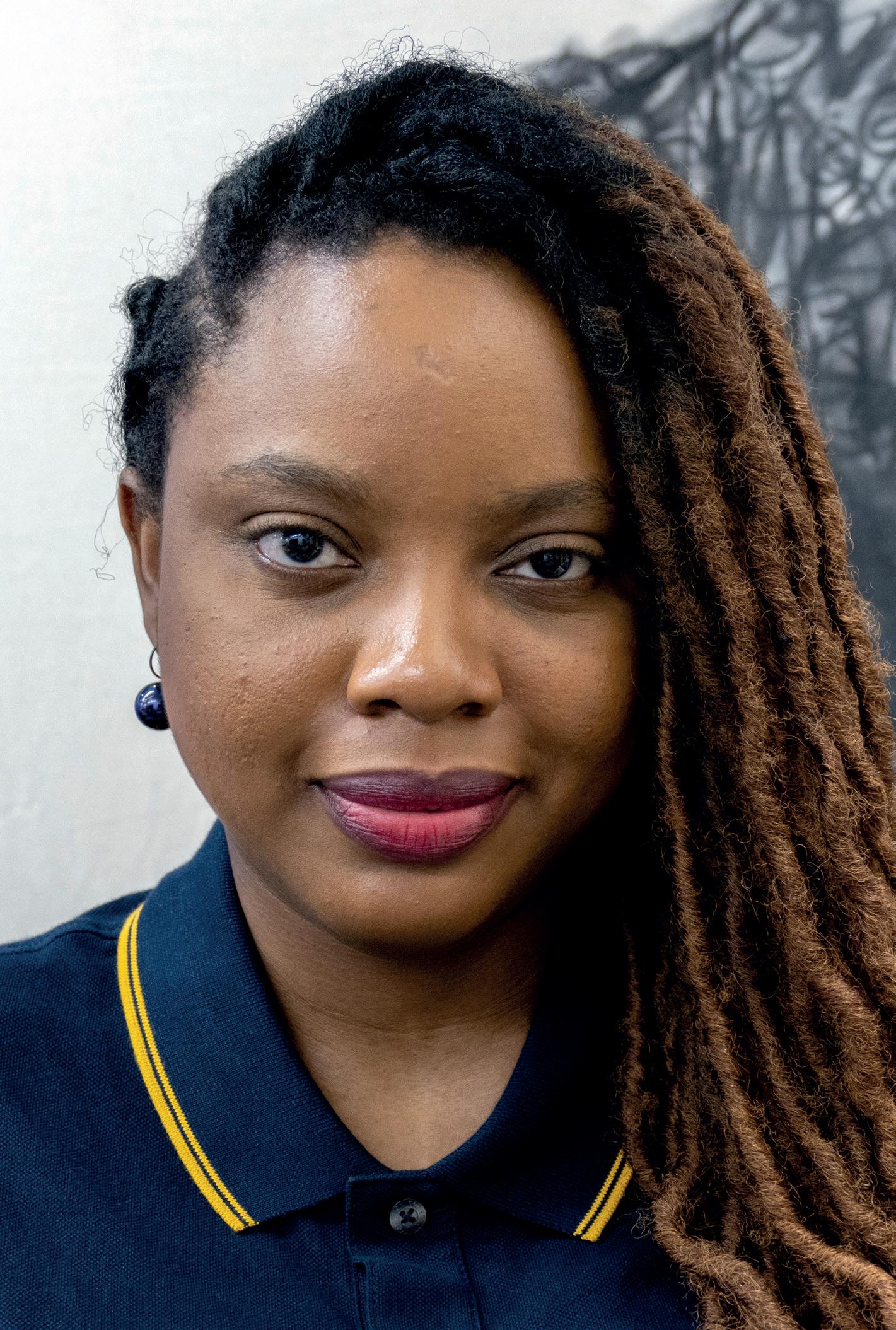



Yet, there I was in a neighbourhood more decrepit than I would have believed existed close to mine. As I studied the houses, so dilapidated they seemed about to tilt over, my gaze lit on a young boy in front of one such house. He was in his school uniform, pale blue trousers and a matching striped shirt. He


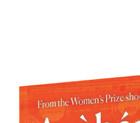




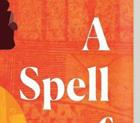




A Spell of Good Things is out in February 2023.

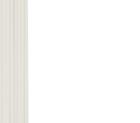


leaned against a wall; his head was tilted back to watch the sky. I was struck by how restless he seemed, even though he was standing still. How his bearing reminded me of the teenage boys I’d known when I was his age. For the next few weeks, I thought about him and his neighbourhood every day. What was his school like as funding for public education dwindled? What had he been looking at as he gazed at the wide sky?

Another year would pass before I began writing about a teenaged boy who lived in a similar neighbourhood. Eight years before I was ready to share with anyone the novel that story had unfurled into.’
THE PENGUIN POST JANUARY/FEBRUARY 2023 12 ON WRITING

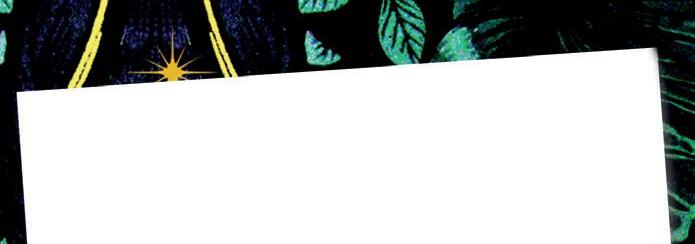

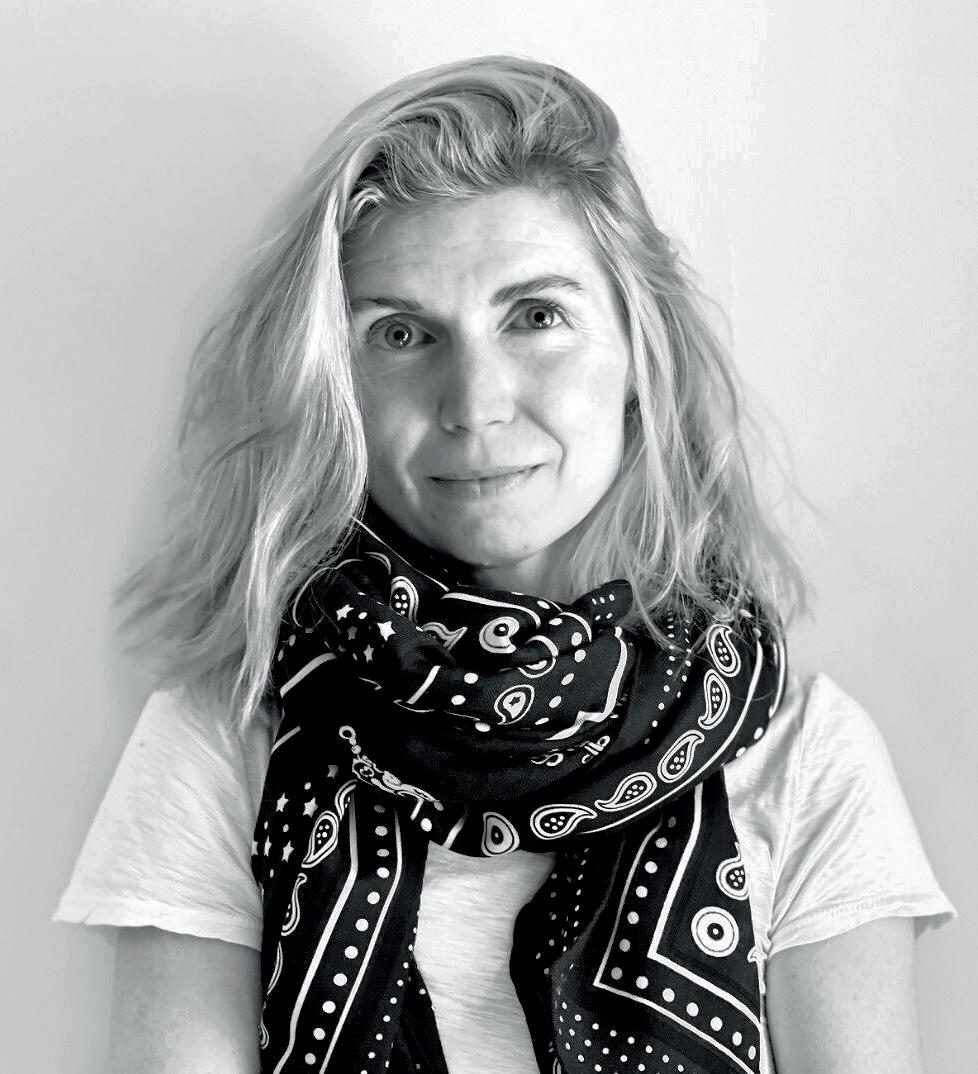

A TALE OF OBSESSION AND MAGIC
The Cloisters is a sinister, atmospheric novel about the discovery of a mysterious deck of tarot cards. Author Katy Hays speaks about the setting of the story, fortune and the idea behind her riveting debut.
‘Afriend recently said to me “it’s better to be lucky than good.” And while I do believe that we are – for the most part – authors of our own fate, I think it would be unwise to understate the importance of fate or luck or fortune or whatever you might want to call it. Of course, we have free-will; we make choices every day. Choice is the backbone of our life. But do I think it’s possible that some things are meant to find us? Absolutely.
My novel, The Cloisters, revolves around just that. The discovery of a mysterious deck of tarot cards lay bare shocking secrets within a close-knit circle of researchers at New York’s famed Met Cloisters museum. Unsurprisingly, the setting and the story came together at the same time; they are inextricable, in my opinion. I always knew that the novel would have a fifteenth-century deck of tarot cards at its centre and The Cloisters has always had medieval cards – both tarot and playing cards – in their collection. The gothic atmosphere and gorgeous gardens made the museum an immediate, natural match for the story I wanted to tell.
Do I think it’s possible that some things are meant to find us? Absolutely.
One of the most fascinating things I discovered during my research for The Cloisters was in a wonderful book by Mary Quinlan-McGrath, Influences: Art, Optics, and Astrology in the Italian Renaissance. In it, Quinlan-McGrath argues that anyone with a bit of power during the Renaissance (Popes, aristocrats, philosophers, etc) believed that painted representations of celestial bodies could impact someone’s horoscope. I remember reading her book and thinking: this is absolutely the weirdest thing I have ever read! For example, if Mercury is in Scorpio and I’m standing under a constellation of Taurus, just standing under the painting will make my communication sluggish? What?

As a writer, I’m always interested in the question: what are we capable of believing? Whether it’s tarot or a charismatic leader or a new age belief system or even a ghost story, I’m fascinated by what we can convince ourselves of; by the way rational, normal people who so easily find themselves believing the unbelievable.
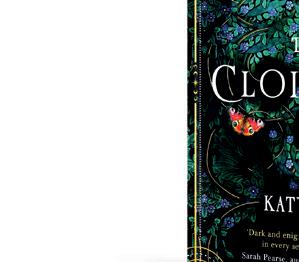
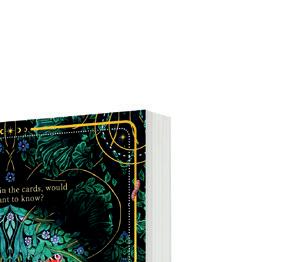
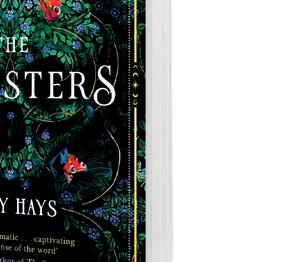
I think atmosphere and environment are essential to how we respond to stimuli. If you hear a ghost story during the day, it’s easy to laugh it off, rationalise it. But when someone is telling that same story around a campfire on a dark, windy night … well, that’s a different matter entirely. So the building and world of The Cloisters dramatically influences the characters in the novel. It’s an atmosphere that makes it possible to believe the unbelievable.

The Cloisters is out now.
I think tarot and divination occupy an interesting position because they have both been part of our collective consciousness for centuries. What better way to explore the question of what the people working at The Cloisters might be able to believe than looking at some of the earliest forms of divination and their contemporary aftershocks?’
BOOK CLUB
UNWIND YOUR MIND
What is the key to a good life? Directors of the Harvard Study of Adult Development, Robert Waldinger and Marc Schulz, bring together over 80 years of research to reveal the true components of a happy, fulfilled life in their ground-breaking book, The Good Life.
‘Consider the feeling you get when you love someone, or when you know you are loved in return. Think about how you experience it in your body, the sensation of warmth and comfort. Now consider the similar but distinct feeling of connection when a close friend helps you through a hard time. Or the lasting exhilaration when someone you respect says they are proud of you. Think about what it feels like to be moved to tears. Or when you get a small boost of energy sharing a laugh with a co-worker. Consider the physical pain of losing someone dear to you. Or even the momentary pleasure of waving at the mail carrier.
These feelings, big and small, are connected to biological processes. Just as our brain responds to the presence of food in our bellies by rewarding us with pleasure sensations, so does it respond to positive contact with others. The brain effectively says to us: Yes, more of this, please. Positive interaction tells our bodies that we are safe, reducing our physical arousal and increasing our sense of well-being. By contrast, negative experiences and interactions create a sense that we are in danger and stimulate us to produce stress hormones like adrenaline and cortisol. These hormones are part of a cascade of physical reactions that raise alertness and help us respond to situations of critical importance—the “fight or flight” response. They are a big part of what gives us that feeling of stress.
We rely on the signals of these stress hormones and pleasurable sensations, as they guide us through the challenges and opportunities of life. Avoid danger, seek connection.
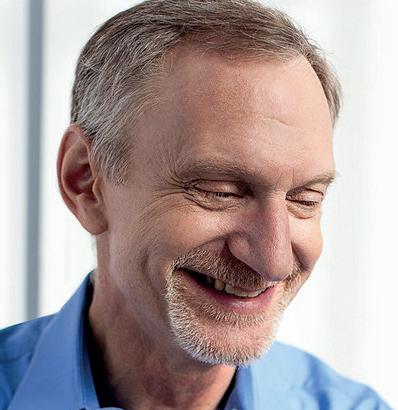

these biological guides to living built inside of us. That little ping of joy you get when a baby laughs at your silly expression is biologically linked to the one your distant ancestors got when they made a baby laugh in the year 100,000 BC.
Prehistoric humans were threatened in ways we can hardly conceive of today. They had similar bodies, but primitive technology gave them only minimal protection from the environment and predatory animals, and virtually no remedies for injury or other health problems. A toothache could end in death. They lived short, hard, and probably terrifying lives. And yet they survived. Why?
One important reason is a trait that early Homo sapiens shared with many other successful animal species: their bodies and brains had evolved to encourage cooperation. They survived because they were social.

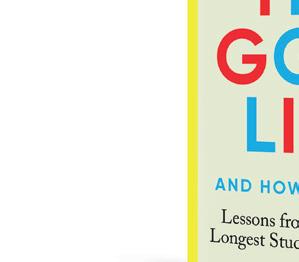
These reactions to rewarding and threatening situations have a long evolutionary history. Homo sapiens have been walking around the planet for hundreds of thousands of years with

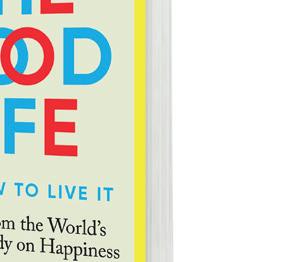

Extracted from The Good Life, out now.
The human animal is not much different today, though the project of survival has taken on new meanings and complications. Compared to centuries past, life in the twenty-first century is changing faster than ever before, and many of the threats to our lives are of our own making. Along with challenges related to climate change, growing income inequality, and the vast complications of new communications technologies, we must deal with new threats to our internal states of mind. Loneliness is more pervasive than ever before, and our ancient brains, designed to seek the safety of groups, experience those negative feelings as life-threatening, which leads to stress and sickness. With each year that passes, civilisation is presented with new challenges that were unimaginable even fifty years ago. It also presents new choices, which means life paths are now more varied than ever. But regardless of the pace of change and the choices many of us now have, this fact remains: the human animal has evolved to be connected with other humans.’
THE PENGUIN POST JANUARY/FEBRUARY 2023 14
Marc Schulz
Robert Waldinger
PHOTO OF MARC SCHULZ: Ann Chwatsky

MORE STIRRING SELF-HELP
The Power of Positive Thinking by Norman Vincent Peale
A practical application of spiritual techniques to overcome defeat and win confidence, success and joy. Peale, the father of positive thinking, shares his famous formula of faith and optimism, which millions of people have taken as their own simple and effective philosophy of living.








Thinking, Fast and Slow by Daniel Kahneman
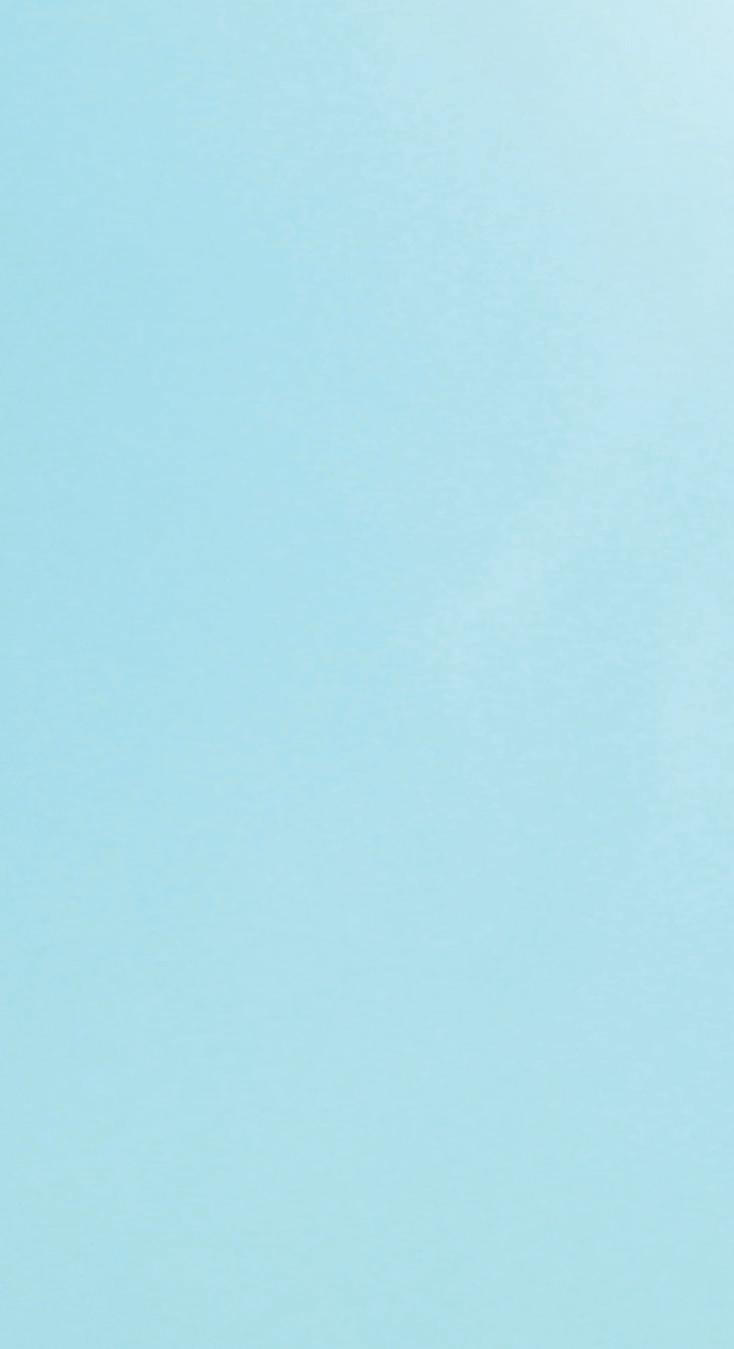
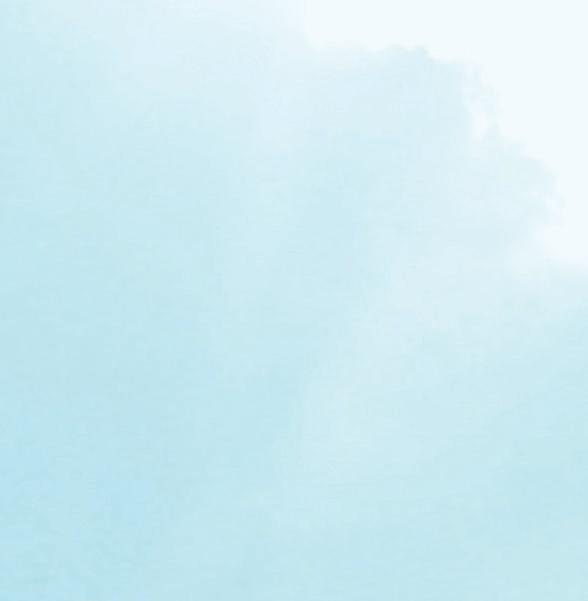
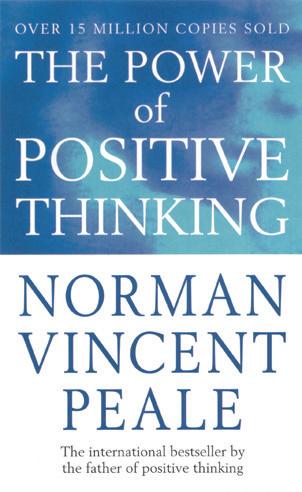
3 1 2


Why are judges more likely to deny parole before lunch? Why do we assume a good-looking person will be more competent? The answer lies in the two ways we make choices: fast, intuitive thinking, and slow, rational thinking. This book reveals how our minds are tripped up by error and prejudice and gives you practical techniques for slower, smarter thinking.
12 Rules for Life by Jordan B. Peterson
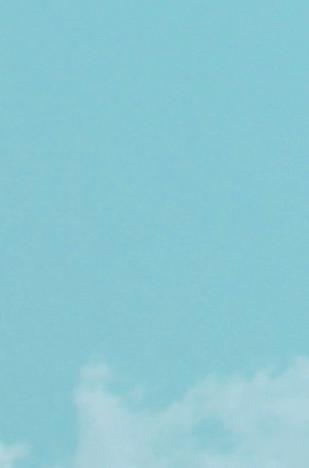








In this book, the author, an acclaimed clinical psychologist, provides twelve profound and practical principles for how to live a meaningful life. Happiness is a pointless goal, he shows us. Instead we must search for meaning, not for its own sake, but as a defence against the suffering that is intrinsic to our existence.


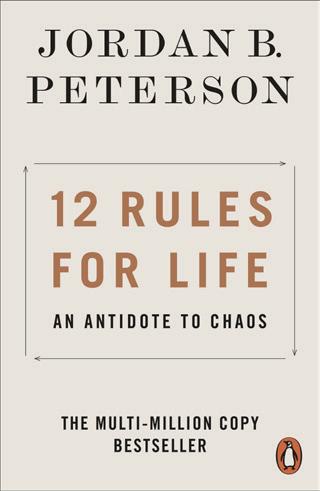


How to Win Friends and Influence People by Dale Carnegie
The Power of Habit by Charles Duhigg



Practical advice and techniques for how to get out of a mental rut and make life more rewarding. Carnegie’s advice will teach you how to make friends quickly and easily; increase your popularity; persuade people to follow your way of thinking; enable you to win new clients and customers; become a better speaker; and boost enthusiasm among your colleagues.

The key to exercising regularly, losing weight, raising exceptional children, becoming more productive, building revolutionary companies and social movements, and achieving success is understanding how habits work. Habits aren’t destiny. As Charles Duhigg shows, by harnessing this new science, we can transform our businesses, our communities, and our lives.

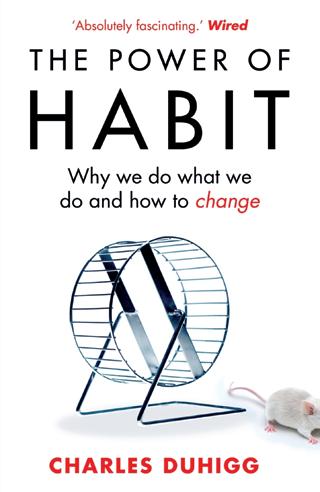


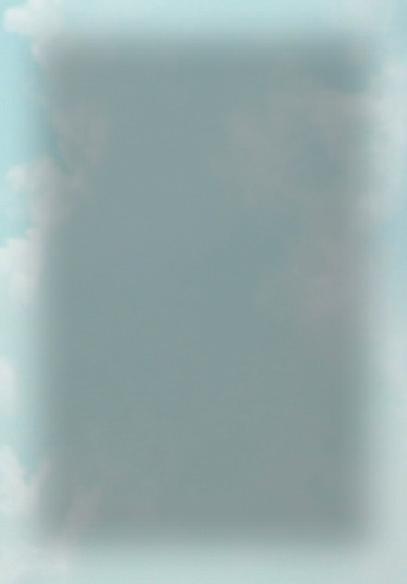



5 THE PENGUIN POST JANUARY/FEBRUARY 2023 15 WELLBEING
4

CHANGE YOUR RELATIONSHIP WITH FAILURE
Discover how to stay motivated in accomplishing your goals this year with an extract from clinical psychologist Dr Julie Smith’s book, Why Has Nobody Told Me This Before?
‘Something that can zap motivation is the prospect of failure. But that depends on the relationship we have with failure. If slipping up and going off track means we engage in vicious self-attack and relentless self-criticism, we are likely to feel ashamed and defeated. If we associate failure with unworthiness, then starting anything new is going to feel overwhelming and procrastination will be front and centre. We protect ourselves from the psychological threat of shame by sabotaging the process before it gets started.
Shame is not as helpful for motivation as you might think. When we get caught in self-criticism and shame, we feel inadequate, defective and inferior. When we feel that way we want to hide, get smaller, disappear. It produces urges to escape and avoid, rather than to dust ourselves off and try again. In fact, it is so painful that it induces strong

urges to block that feeling, which is risky for anyone living with addiction. So if we want to persist at something and feel motivated to keep trying, we have to think carefully about how we respond to failure along the way.
If there is ever resistance in therapy, it is when you explore the idea of being self-compassionate. I hear things like, ‘I will lose my drive, become lazy.’ ‘I would never achieve anything.’ ‘I can’t just let myself off the hook like that.’ Most people are shocked and surprised to find out that self-criticism is more likely to lead to an increase in depression rather than motivation (Gilbert et al., 2010). Self-compassion, on the other hand, treating yourself with kindness, respect, honesty and encouragement after a failure, is associated with increased motivation and better outcomes (Wohl et al., 2010).
THE PENGUIN POST JANUARY/FEBRUARY 2023 16 WELLBEING

Try this:
If we are not aware of our self-criticism and the impact it is having on our fear of failure and motivation, then it is much harder to change it. Use these prompts to reflect on the way you talk to yourself after a setback. When you experience failure, what does your self-criticism sound like?
What emotions are attached to it?
Do you suppose that the failure reveals something about your inadequacy or incompetence as a person?
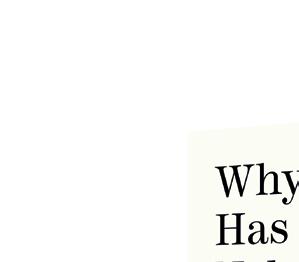
Do you notice any shame or hopelessness associated with that?
What coping strategies tend to follow that self-criticism?

How does that impact on your original goals? Think of a time when you failed at something and someone responded to you with kindness and encouragement. How did that feel? How did that help you to try again and succeed?
Toolkit: How to respond to failure with compassion and accountability so you can get back on track
Bring to mind a recent memory of a failure or setback. Then work through the following exercise.
1. Notice what emotions are brought up by that memory and where you feel them in your body.
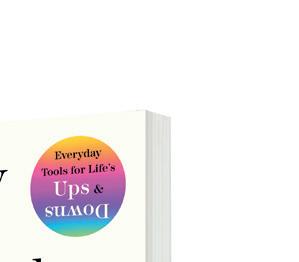
2. How did the self-criticism sound? What words and phrases came up and how did they influence how you felt?
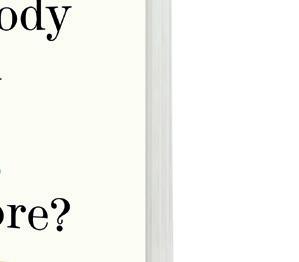
3. How did you then respond to the feelings?
4. Bring to mind someone that you love or respect. If they experienced the same failure, how might you have responded to them differently? Why would you have shown them that respect?

Extracted from Why Has Nobody Told Me This Before? out now.
5. How would you want them to perceive the setback in order to get them back on track?
THE PENGUIN POST JANUARY/FEBRUARY 2023 17
Altyd Aleit
Aleit Swanepoel het Suid-Afrikaners geïnspireer met die glansgeleenthede wat hy beplan het, wat gelei het tot sy leefstylprogram op KykNET, Tyd met Aleit. Kort voor sy ontydige afsterwe het hy klaar geskiet aan die sewende seisoen van dié gewilde program. In Aleitapteit vertel hy ’n klompie besondere stories, vergesel van sowat 50 resepte.
Vanoggend weer vroeg stad toe gery en van ’n berg af gaan spring, alles vir TV. Laas week was ek amper dood, en het net-net nog ’n nose job vrygespring. Letterlik!
Dit gesê: Die shoots kan ook dalk bydra tot die moegheid wat ek hierbo genoem het. Ek is mos ’n baie sportiewe persoon … my hele lewe lank. Dis hoekom my kind so fantasties doen in atletiek. En so baie rekords al gebreek het! God’s sense of humour, sê ek altyd.
Vreemd genoeg, ons het onlangs in die huis begin lees. Lees-lees. Nie op ’n toestel nie, maar soos in boeke. Met regte blaaie, soos in die ou dae. Om op ’n tablet of een van daai goete te lees is mos nou nie romanties nie. Dis net nie dieselfde nie. ’n Boek wat ek definitief kan aanbeveel, is Serpent Crescent, geskryf deur Vivian de Klerk. Niks van FW nie, hoor. Ek het eers die naam gesien en gedink: Ek haat slange. No way dat ek die boek wil aanskaf, maar toe lees ek die resensie iewers raak, en dit klink toe vir my of die girl net so deurmekaar soos ek skryf. Tik net enige dêm ding wat sy dink. (En daar was geen slange nie, behalwe dalk van die giftige bure wat in die Crescent bly. ’n Fees!).


Die ander skrywer wat sorg dat die eetkamertafel al met ’n trio van haar boeke pronk, is Sally Andrew. Definite must. Daar is nog net vir my uit hulle voorgelees, hier by die einste tafel, so ek het nog nie self begin lees nie. Dit is die reeks “Tannie Maria Mystery”. Die boeke eindig met resepte wat deel vorm







van die storie in elke boek. Weird en wonderful goed. Vanaand maak ons byvoorbeeld vars koejawels met rissie, gemmer en knoffel. ’n Poeding. En die ander dis is mosselsop met witwyn en room as hoofbestanddele. (Ek moet bieg, die mosselresep het ek op Maroela Media gesien so ’n uur gelede, en vir Sixty60 gekontak. Ons het nie room of sprietuie in die huis gehad nie.)
Die hoofrede vir my skrywe is sodat ek die wonderlike nuus kan deel, ná gister se post oor die vrou met amper geen tande nie. Hoe goed is die Here? Glo dit wat jy nou gaan lees! Dit was nie eers 24 uur na die @giveback@aleit Facebook-plasing nie, toe biep my foon, agtuur gisteraand. Dis toe ’n boodskap op Facebook Messenger wat as volg lui: “Hi – not sure if you will remember me / but – / that is besides the point for now. Re the girl in Nelspruit – I will pay for her needs and have a colleague who will assist in her requirement & needs.”

What?????????? Onmoontlik!!!! Het ek hardop gesê.
Ek het begin bewe soos ek dit lees en om eerlik te wees, ek het daarna getjank! Ek kon net nie die vrygewigheid glo nie.
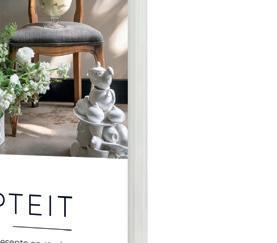
Ek dink sy sal seker nie wil hê ek moet haar naam noem nie, maar ek sou graag wou sê wie die barmhartige engelvrou is.
Sy betaal vir die dame se reis vanaf Nelspruit na Bloem, en hulle verblyf, en doen dit alles as ’n geskenk.

Aleitapteit is nou beskikbaar.
Dit was nog net gisteroggend toe ek vir die meisie wie se brief ek ontvang het, die een wat
THE PENGUIN POST JANUARY/FEBRUARY 2023 18
weier om te glimlag, my nommer gegee en sy my gewhatsapp het. Sy het haar WhatsApps as volg begin (ek sit sommer ander stukkies van die res van haar WhatsAppskrywes aan my by):
“Eks al op so punt dat ek enige iemand sal vra om my rek te betaal en trug te betaal...”
“Eks baie depressed oor myself. One depressed smiley”
LAAT ONS LEES!

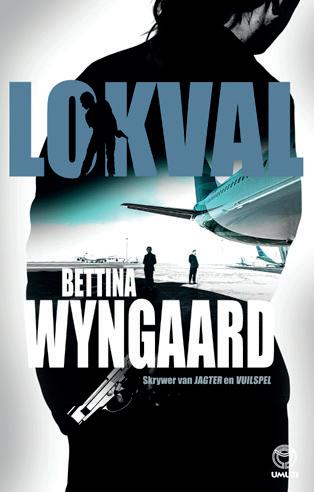
Lokval
deur Bettina Wyngaard
Nicci de Wee was nog nooit bang vir ’n uitdaging nie. Ook nie om met skurke af te reken nie. Wanneer sy dus die kans kry om tydelik weer by die polisie aan te sluit, gryp sy dit met twee hande. Dit is ’n gulde geleentheid om Tom en Aynaz se moordenaars aan die pen te laat ry. En as sy op die koop toe ’n internasionale sindikaat wat roof, verkrag en moor vir wins, kan vernietig, waarom nie?
Blackie, Henk en Stella sluit by haar aan, maar die uitdaging waarvoor hulle te staan kom, is uitdagend. Vir Nicci voel dit of die reuk van bloed haar agtervolg terwyl sy probeer om ‘n internasionale sindikaat oop te vlek.

Turn to page 28 for recipes from Aleit Apteit.
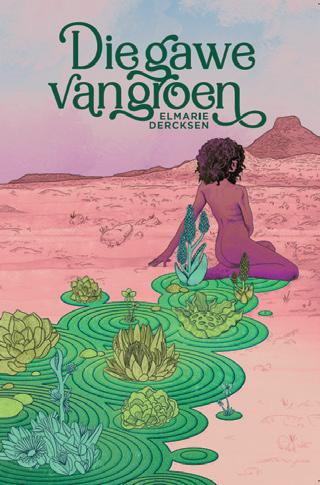
Die gawe van groen deur Elmarie Dercksen
Die binneland word doodgewurg deur droogte.
Vir koning Ghatra lê sy enigste hoop in Sati, ’n jong vrou, glo geseën met die gawes van ’n reënkoninging. Sy onderhandelinge met haar pa beteken dat Sati na haar nuwe blyplek geneem word, ’n reis van byna drie maande. Saam op reis is Djimon, ’n soldaat gestuur deur sy koning om vir Sati en haar Groen-gawe te beskerm. Djimon is amper ál wat sag is in hierdie harde wêreld, en Sati vind troos in sy vriendskap. Wanneer sy uiteindelik vir Ghatra ontmoet, besef sy haar geluk staan nie noodwendig voorop nie. Namate die koning se planne duidelik raak, vind Sati daar lê iets meer agter die Groen in haar binneste.
“Ek bid hard four heart smileys”
“four crying smileys ”
“Ek hou duim vas my lewe sal soveel anders wees.. two heart smileys”
Slotsom, alles is opgeline, en iemand se grootste wens word waar gemaak.


Bloumoord deur François Bloemhof Dis Maart 1981 en Ludo Labuschagne is terug! Dié slag gaan die onwaarskynlike privaatspeurder saam met sy ma, haar vriend, oom Dippie, en ’n paar ander na ’n private eilandjie tussen Durban en Madagaskar. Die wegbreek word geborg deur Una Steenkamp, ’n ryk weduwee. Nog voor hulle op die eiland kom, word haar seun Ederik oënskynlik in Durban vermoor. Maar Ludo en twaalf ander verdagtes sit vas op die eiland – en hoewel net een van hulle ’n moordenaar is, het álmal ’n motief.

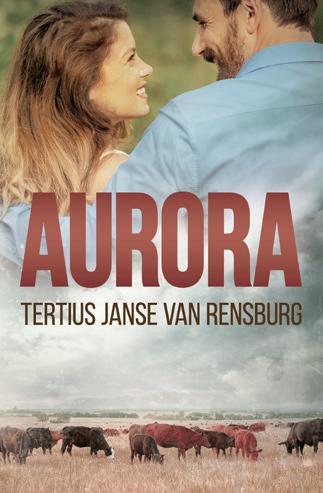
Aurora deur Tertius Janse van Rensburg Moenie dink ’n predikant het al die antwoorde nie. Wanneer die jong plattelandse dominee, Dawid Uys, ‘n plaas erf, is daar skielik vrae in sy lewe waaroor hy nie tevore gedink het nie. Boonop word hy verder gekonfronteer deur allerlei voorwaardes in die erfbepalings – is dit alles die moeite werd? Dan verloor hy sy hart op die buurman se dogter én ’n baie mooi enkelma maak haar intrek op die dorp. Aurora neem vir Dawid en die leser op ’n geestelike reis soos min en die uiteinde van die verhaal is amper so onvoorspelbaar soos die lewe self.
THE PENGUIN POST JANUARY/FEBRUARY 2023 19 AFRIKAANS
OF WILD FLOWERS AND TREES
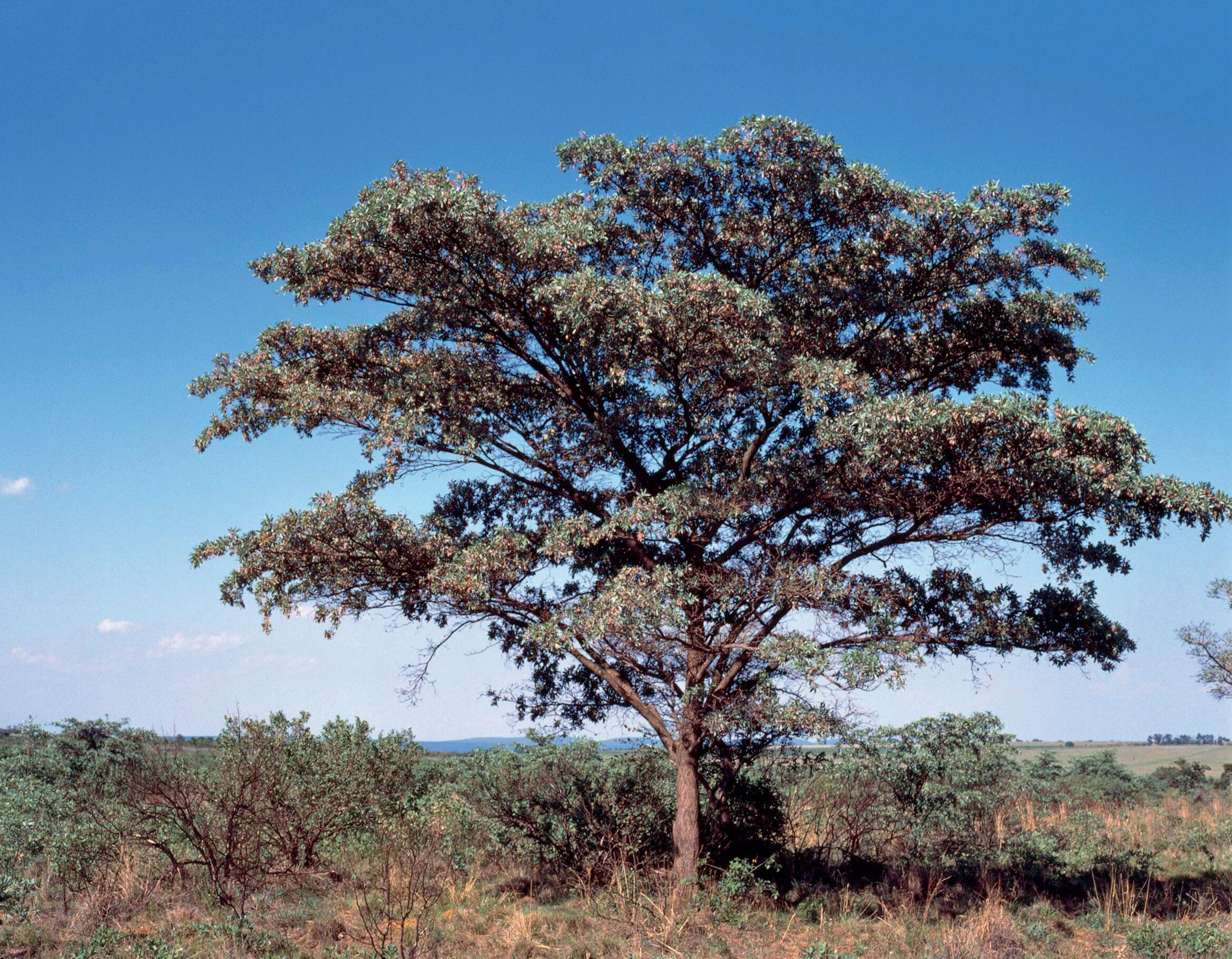
Braam van Wyk is emeritus professor of botany at the University of Pretoria. A leading expert on plant taxonomy, he has had an abiding interest in making botany accessible to the general public, and has authored more than 350 publications about southern African vegetation and flora. He writes here about where it all began.
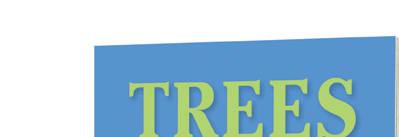

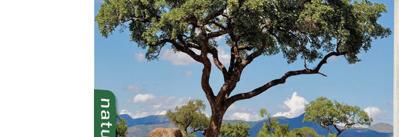

‘Igrew up on a farm near Wolmaransstad in the then far western Transvaal, now part of North West. My father practised mixed farming and my mother was a housewife and a keen gardener. From an early age, I was interested in natural history, especially birds, insects, and plants. My mother even allocated me a portion of the garden where I could grow plants myself.


During my school years, I would catch the bus home every day, which meant I wasn’t able to take part in extra-mural activities. However, this gave me ample time to explore the veld and learn more about its inhabitants. In Grade One, my teacher had a small rockery with succulents in an old plough disc in the classroom, and I was fascinated by the curious shapes and forms of these plants, especially
THE PENGUIN POST JANUARY/FEBRUARY 2023 20
ABOVE Silver clusterleaf Tree
Trees of Kruger is out now.

the stone plants (Lithops spp.). There are very few naturally occurring succulents in the Wolmaransstad area, but I discovered some carrion flowers and was intrigued by their rarity; flowers smelling of rotten meat and the fact that they usually grew hidden under shrubs or bushes, meant that searching for them required patience.
We did not really have any books on natural history in the house, but my parents bought the ten-volume set of the Die Afrikaanse kinderensiklopedie, the publication that would have the greatest influence on my future career. I became particularly interested in birds because it was one of the few groups with coloured plates in the encyclopedia. However, I also enjoyed reading about other animals and plants. Ironically, I didn’t have much of an interest in trees at the time, probably because tree diversity in that part of South Africa is exceedingly low.
In high school I was privileged to have inspiring teachers in both science and biology. Following my conscription in the army, I enrolled at the Potchefstroom University for Christian Higher Education
ALSO AVAILABLE BY BRAAM & PIET VAN WYK
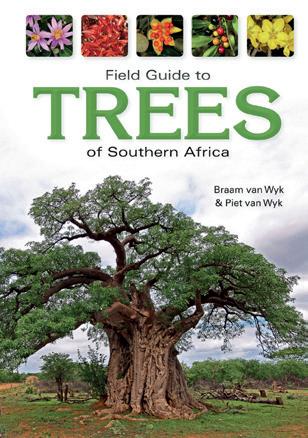



LEFT Marula Tree BELOW Matumi Tree

(now Potchefstroom campus of NWU) with main subjects Botany, Zoology and Human Physiology. I enjoyed all three, but it was one of my lecturers in Botany, Dr. Daan Botha, who instilled in me a particular interest in plant taxonomy (the description, identification, naming and classification of plants), which is why, following my first degree, I chose to further specialise in this area.
For my master’s project I embarked on a taxonomic study of the indigenous myrtleberries (Eugenia spp.), a group of littleknown trees and dwarf shrubs. During field work, I was fortunate to meet some inspiring amateur naturalists; people that have helped foster my interest in trees. Amongst these were Hugh Nicholson, Ian Garland and Tony Abbott. It soon became apparent that several of the myrtleberry species, including ones new to science, were confined to Pondoland, in the area more or less between Port St. Johns and Port Shepstone. Field work showed that this area also harbours an exceptionally high concentration of other rare trees. The prospect to still discover trees unknown to science in some of the deep forested gorges of Pondoland
THE PENGUIN POST JANUARY/FEBRUARY 2023 21 NATURE
spurred me on even further.
In 1977, I took on the role as lecturer in Botany at the University of Pretoria, the institution from which I retired some 40 years later. Shortly after my move to Pretoria, I was invited to meet with conservation biologist and tree photographer Piet van Wyk (no relation), author of a now classic two volume work on the trees of the Kruger National Park. However, this meeting was not about trees, as, at the time, he was looking for a botanist to provide the text for a book based on the photographs of wild flower photographer Sasa Malan. I agreed to help and, in 1988, my first book was published. Soon after, a second edition appeared under the title Field guide to the Wild Flowers of the Highveld. This was one of the first wild flower guides in South Africa to arrange the species into groups according to flower colour.
My friendship with Piet van Wyk turned out to be a most fruitful one. We did, amongst others, Field Guide to Trees of Southern Africa (published in 1998, and still in print, topping nature lists every month). In this book, we developed a system whereby the trees are arranged in groups based on easy-to-observe leaf and stem features. However, it soon became apparent that some users of the guide still found it difficult to identify trees because they lacked essential botanical background. To fill this gap, the book How to Identify Trees in Southern Africa was prepared as a companion volume.
In 2006, Piet sadly passed away, but his legacy lives on in the huge collection of tree images he left us, as well as the valuable information on trees documented by him. Our most recent tree book, Trees of Kruger, is aimed at visitors to the Kruger National Park and focuses on those trees most likely to be seen when driving around in the Park. Most tree identification books require inspection of a tree at close quarters. Obviously this is not possible in the Park, as much of the time, one will be viewing trees and wildlife from the safety of a vehicle. So the tree accounts
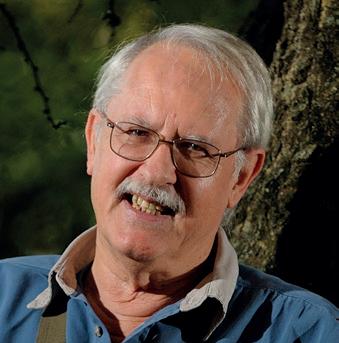
focus on details that are visible either with the naked eye – often from a distance – or through a pair of binoculars. Particularly useful for identifying trees from a distance is the colour and texture of the foliage, features that are difficult to describe in words and for which photographs may be used more beneficially. For this purpose, it’s important to ensure photographs of the actual tree are printed quite large, something we have tried to do. Hopefully this book, like the others I have been involved with, will provide its readers with much pleasure and contributes towards an appreciation of our country’s rich tree diversity.’
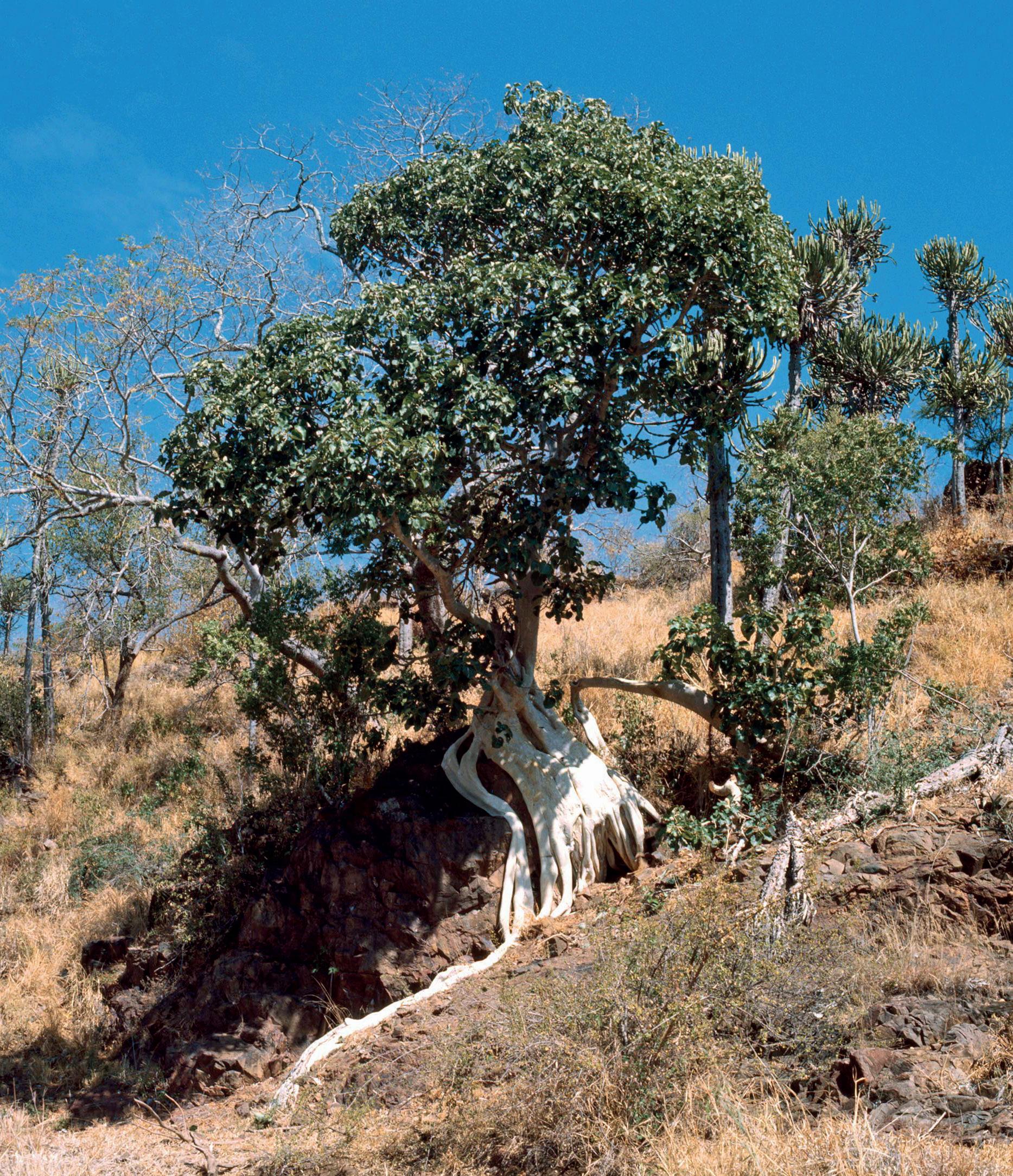
JOIN THE STRUIK NATURE CLUB! Be the first to hear news of new releases, special editions, offers, as well as launches and author events. Plus, members stand in line to win great prizes monthly! Sign up at www.struiknatureclub.co.za






THE PENGUIN POST JANUARY/FEBRUARY 2023 22 NATURE
ABOVE Large leaved rock fig Tree
Braam van Wyk
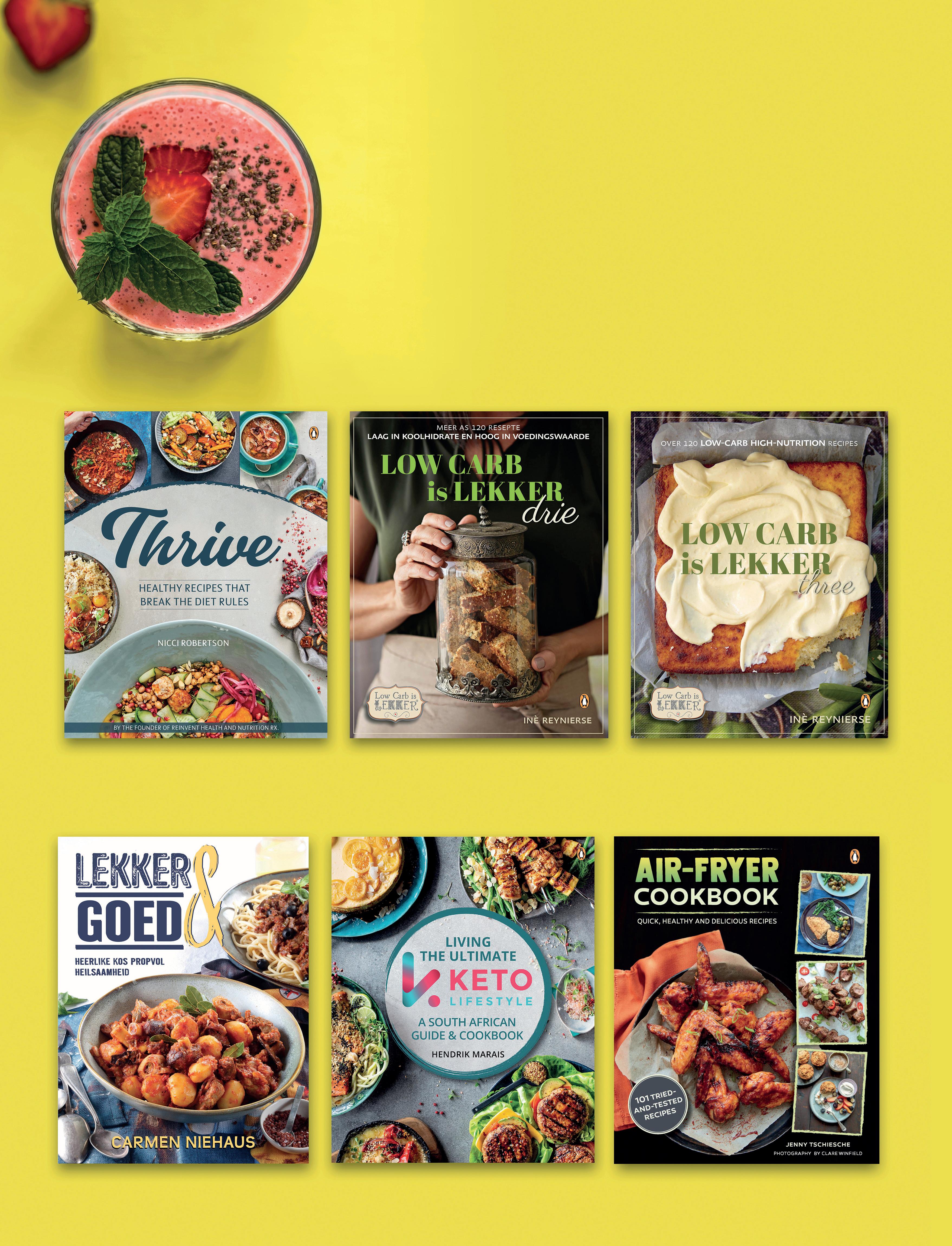
Hungry & Healthy
If you’re looking to improve your health or lose weight while still enjoying your meals, then these recipes from clinical nutritionist and all-round health guru Nicci Robertson’s cookbook, Thrive, are just the ticket.

Apple, Celery and Cottage Cheese Salad
‘This combination of tastes and textures works really well together. Best of all, it’s quick to make, quick to eat and full of fibre. For an on-the-go lunch, you might prefer to put the nuts in a separate container and add them at the last minute.’
1 large green apple, sliced or chopped 250 g chunky cottage cheese
½ cup chopped celery ¼ cup pecans or walnuts, whole or roughly chopped
Combine everything in a small bowl. Eat immediately or place in a sealed container in the fridge for 3–4 hours.
THE PENGUIN POST JANUARY/FEBRUARY 2023 24
PREP TIME 15 minutes COOK TIME 1 hour 30 minutes SERVES 4–6

Quinoa and Chicken Bowl
1 cup dried quinoa
2 tsp salt
Olive oil, for cooking
1 small onion, chopped
½ tsp dried origanum
Sea salt and black pepper to taste
1 can (400 g) chopped tomato
1 clove fresh garlic, crushed
4 chicken breast fillets, sliced into strips
Baked Fish with Tomatoes, Olives and Capers
500 g white fish fillets
Sea salt and ground black pepper to taste
¼ cup olive oil
1 Tbsp finely chopped red onion
1 cup halved cherry tomatoes
¼ cup chopped black olives
1 clove garlic, crushed
1 Tbsp capers, chopped
½ tsp dried origanum
1 Tbsp balsamic vinegar
Place the fish on a baking sheet lined with greased baking paper or foil. Season with salt and pepper and drizzle lightly with olive oil.
Bake in a preheated oven at 180°C for 15–20 minutes, until just done.
(Take care not to overcook it; the amount of cooking time will depend on the thickness of the fillets.)
While the fish is cooking, heat
200 g feta, for serving Cherry tomatoes, for serving
Bring a litre of water to a boil in a pot. Add the quinoa and salt, lower the heat and simmer for about 45 minutes, until the quinoa is soft. (Use ± 2 cups water for each cup of quinoa.)
While the quinoa is cooking, heat a tablespoon of olive oil in a large pan. Add the chopped onion, origanum and salt and pepper to taste and cook, stirring, until the onions are golden.
Add the tomato and garlic and simmer for 5 minutes.
Heat a little olive oil in a separate pan. Season the chicken with salt and fry until just browned.
Drain the quinoa and divide between two bowls. Add the tomato and chicken and top with crumbled feta and halved or sliced cherry tomatoes. If preferred, add the cooked chicken to the tomato mixture, stir to combine, and cook for a further 1–2 minutes before serving.
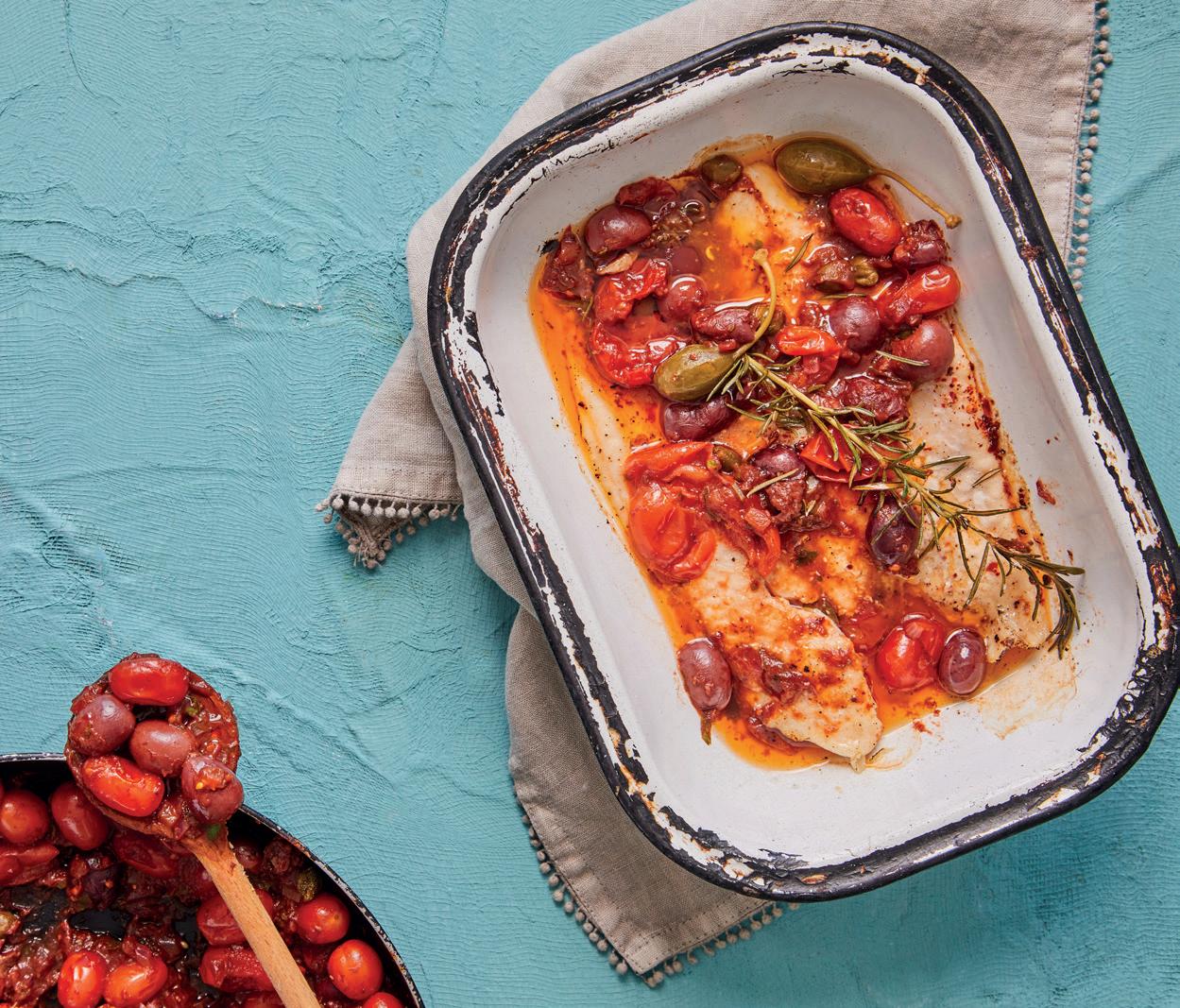
2 Tbsp olive oil in a pan over medium heat. Add the onion and fry until soft, then add the tomatoes. As soon as the tomatoes begin to soften, add the olives, garlic,
capers, dried origanum and balsamic vinegar. Toss gently to combine, then remove from the heat. Spoon the tapenade over the cooked fish and serve immediately.
THE PENGUIN POST JANUARY/FEBRUARY 2023 25 FOOD
SERVES 2
SERVES
2
Protein-packed Berry Ice Cream
‘Raspberries, blueberries, cherries and strawberries all make delicious ice cream. The deep red, purple and blue pigments of berries are often associated with increased levels of antioxidants and the promise of healthy ageing.’
300 g fresh or frozen berries
2 cups (500 g) double cream plain yoghurt
½ cup coconut cream
2 scoops (4 Tbsp) vanilla whey protein powder
Combine all the ingredients in a blender or food processor and
MAKES
± 1.5 litres or 12 lollies
NOTE For chocolate ice cream, use 1 large banana instead of the berries, and chocolateflavoured whey protein powder.
pulse until smooth. (If you prefer some texture, roughly chop half the berries and stir them in after you have processed the rest of the ingredients.)
Scoop the mixture into a metal loaf pan or 12 lolly moulds and freeze for 2–3 hours, until set. (If using a loaf pan, remove it from the freezer every 40 minutes and use a fork to stir the mixture to prevent ice crystals from forming.)
If using an ice cream maker, follow the instructions. (You may need to freeze the bowl for 24 hours beforehand.)

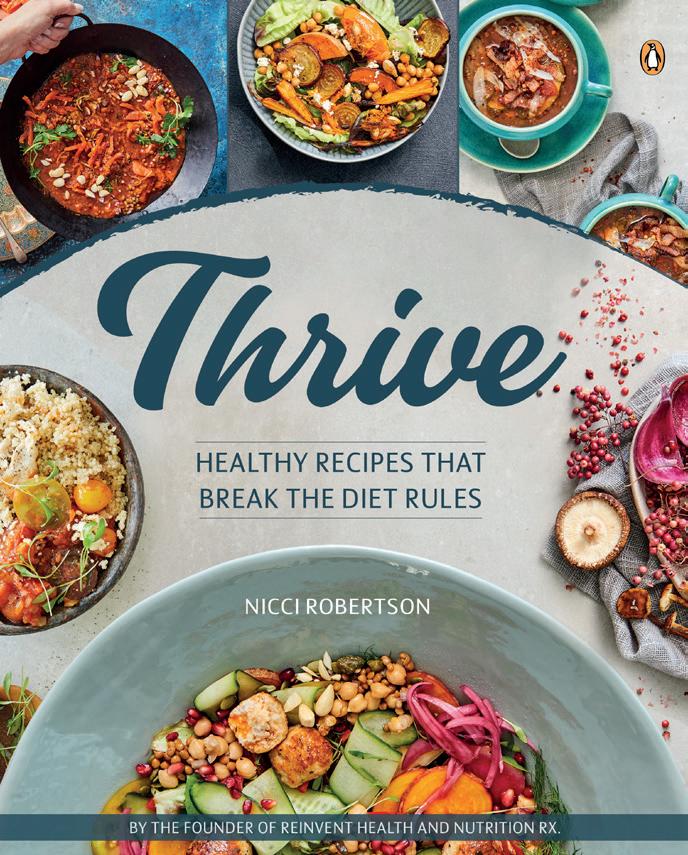
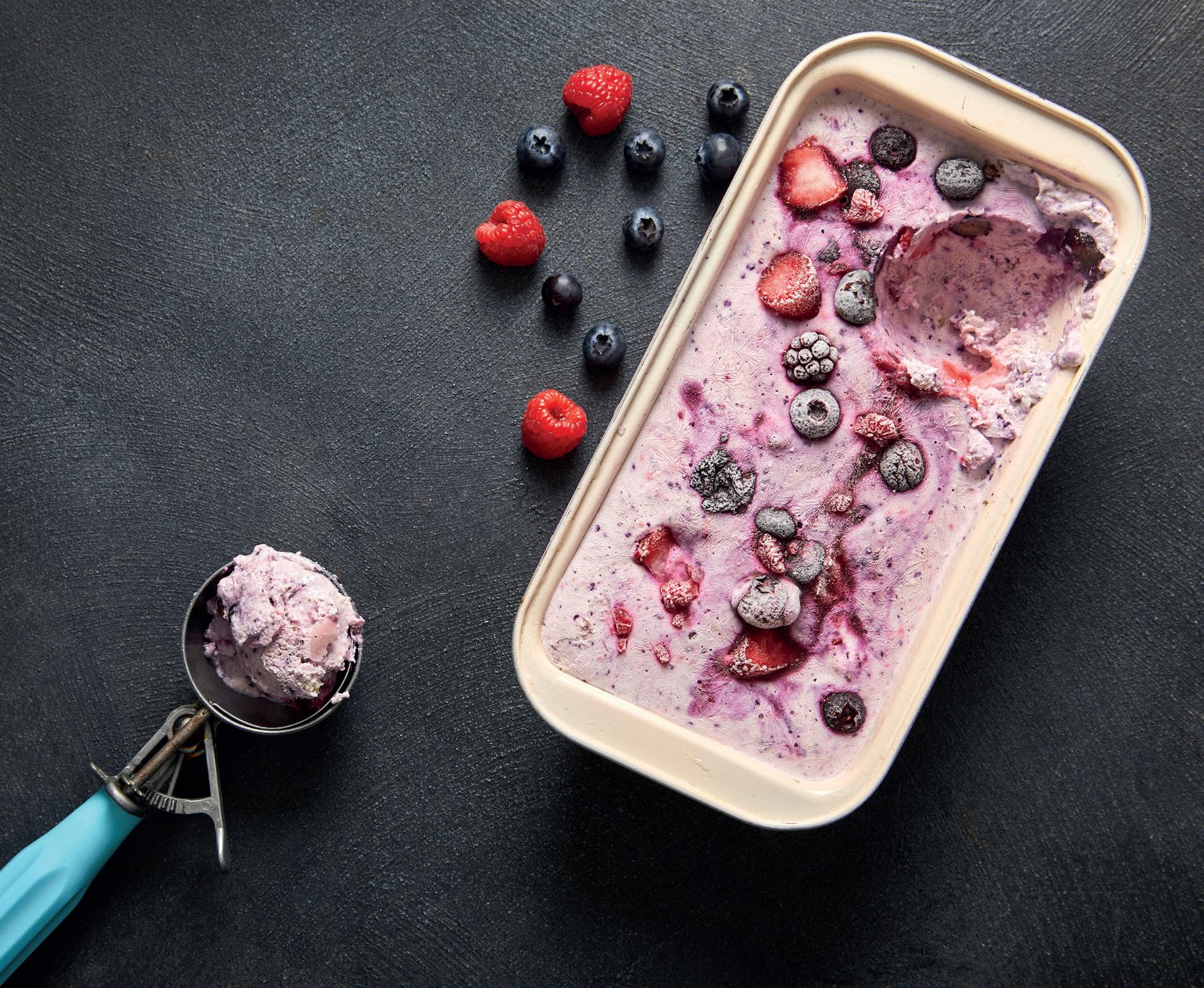
THE PENGUIN POST JANUARY/FEBRUARY 2023 26 FOOD
Thrive by Nicci Robertson is out now.
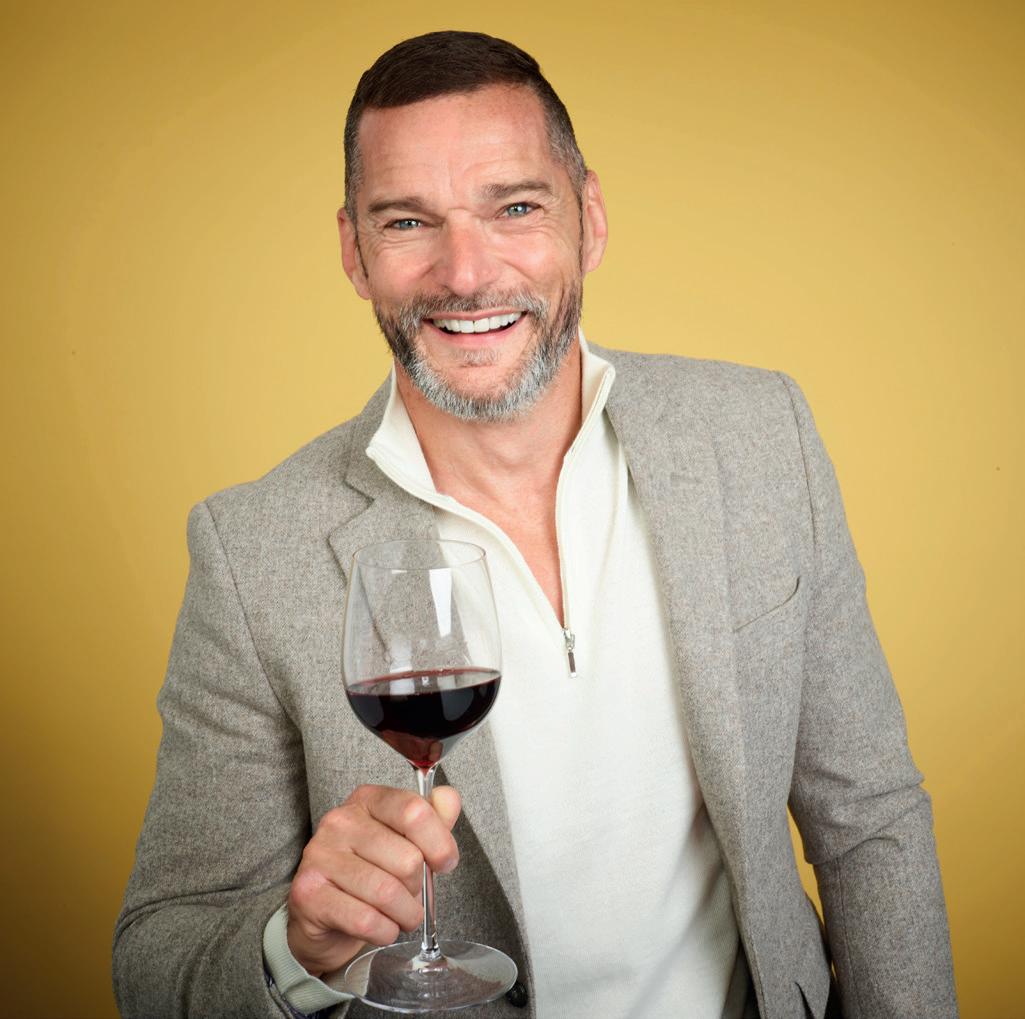
‘When writing this book, I struggled with whether to include a section on food pairings at all. I knew that it would be expected and that not covering it would be seen as an omission, but I also know that great wine and great food will always be a happy match, whatever you’re drinking or eating. When it comes to wine, nothing makes me more irritated than being told what I have to drink at a certain time. Wine is about enjoyment, not rules. Drink something because it will bring you happiness in that moment, not because I’ve told you that it will pair particularly well with your steak or bring out the sweetness in your strawberries. That said, here are some very informal guidelines on pairing wine and food.
KEEP IT BALANCED
Light dishes with delicate flavours pair well with lighter wines. It’s fine to have red wine with your fish, but keep it light and fruity rather than full-bodied and tannic. The idea is for the food and wine to complement each other, not for one to overshadow the other. Likewise, a rich steak pairs particularly well with a full-bodied red as the tannins in the wine help to cut through the richness of the meat and the fat in the meat softens the wine’s astringency, but that’s not to say that a fullbodied, oaky white can’t do the same job.
MIX OR MATCH
Can I top you up?
As Fred Sirieix says, every glass of wine is brimming with memories. In Wine Uncorked, the wine aficionado and TV star guides readers on how to select wine for its taste and, here, how to pair it with food.
flavour-rich foods, a contrasting flavour that juxtaposes the food can be even more exciting. As an example, dessert wines aren’t just for dessert – pair them with rich, fatty foods, such as terrine or pâté, and they will refresh your palate and make the food sing.
SPICE IS NICE
Wine and curry can pair wonderfully. For milder, creamier curries, wines that are high in acid, such as a Riesling or Pinot Noir, will help to cleanse the palate between mouthfuls. For tomato-based curries that are rich in spice, choose a similarly spicy wine, such as a Grenache or Syrah, or even a rich, buttery Chardonnay if you’re in the market for a white wine.
SAY CHEESE

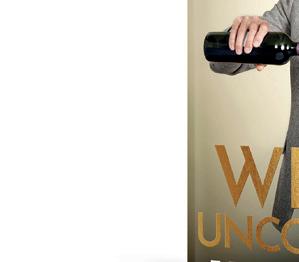
With delicate flavours it’s important to pick wine with complementary notes so as not to overshadow the food, but for more robust,

Wine and cheese are a match made in heaven, but depending on what’s on your cheeseboard you may want to mix up what’s in your glass. For example, if you’re a fan of a wonderfully ripe Stilton, heavy with salt and acidic tang, then you need to pair it with a wine that can stand up to those flavours, which is why port and blue cheese is such a classic combination. Likewise, a silky chunk of Brie slides down wonderfully with a glug of Champagne to offset its richness.
DON’T BE BITTER
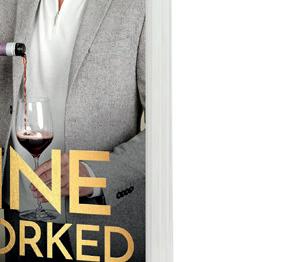

If the food you’re eating is sweeter than the wine that you’re drinking, the wine can end up tasting bitter. This is the reason that dessert wines tend to be tooth-achingly sweet on their own, but paired with, say, a perfectly soft baked peach, they make perfect sense.’

THE PENGUIN POST JANUARY/FEBRUARY 2023 27 WINE
ALEIT SE HARTSKOS
Aleit Swanepoel het in Worcester grootgeword waar die verskillende reuke en geure van sy ma se kos hom altyd geïnteresseer het. Dit was spesiaal vir hom, en hy wou dit graag oordra en met sy mense deel. Hy het aande gesit en skryf, en dit dan baie opgewonde aan sy span gestuur en gesê: “Julle! Ek het nog ’n storie!!”
Hoendernacho’s
2 pakke (125 g elk) Doritos-skyfies (die sweet chilli-geur in die blou pak)
1 bottel Woolies-salsasous of enige ander chunky salsasous
240 g chunky maaskaas
500 g gesnipperde gaar hoender
250 g cheddarkaas
250 g mozzarellakaas
1 groot avokado, fyngemaak suurroom vir voorsit
PORSIES: 4-6
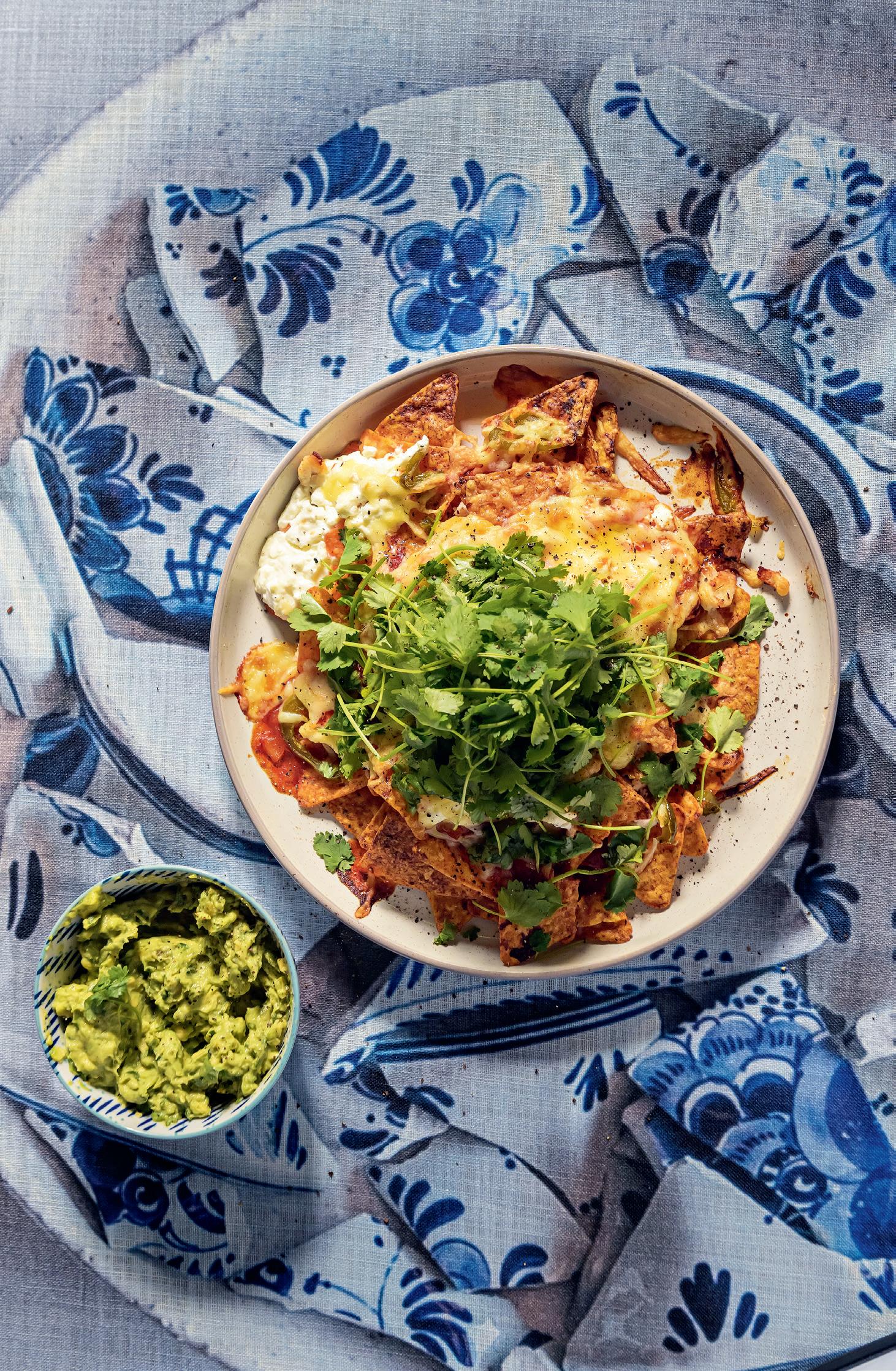
Pak ’n laag Doritos in ’n bak. Sprinkel die helfte van die salsa en die helfte van die maaskaas eweredig oor. Sprinkel die hoenderstukkies oor.
Pak weer ’n laag Doritos. Sprinkel die ander helfte van die salsa, maaskaas en hoender oor.
Gooi ’n dun lagie Doritos bo-oor. Sprinkel cheddar- en mozzarellakaas bo-oor.
Sit dit in die oond vir ongeveer 7 minute onder die roosterelement tot die kaas net smelt.
Sit voor met avokado en suurrroom bo-op of langs die kant.
THE PENGUIN POST JANUARY/FEBRUARY 2023 28
Lani se korslose souttert
olie vir braai
2 uie, gekap
1 pak (200 g) spek, gesny
1 blikkie (390 g) Viennas (Weense worsies), kleiner gesny
4 snye brood sout en peper
2 k kokende melk
1 k gerasperde cheddarkaas
3 eiers, geklits
Voorverhit die oond tot 200 °C.

PORSIES: 6-8
Verhit die olie in ’n pan en braai die uie, spek en worsies. Sny die broodkorsies af en sny die brood in blokkies. Pak die broodblokkies in ’n gesmeerde oondbak.
Voeg sout en peper by die kokende melk en gooi oor die broodblokkies.
Strooi die kaas oor en voeg die eiers by.
Voeg die uie-en-vleismengsel by en meng goed.
Bak vir 25 minute tot goudbruin.

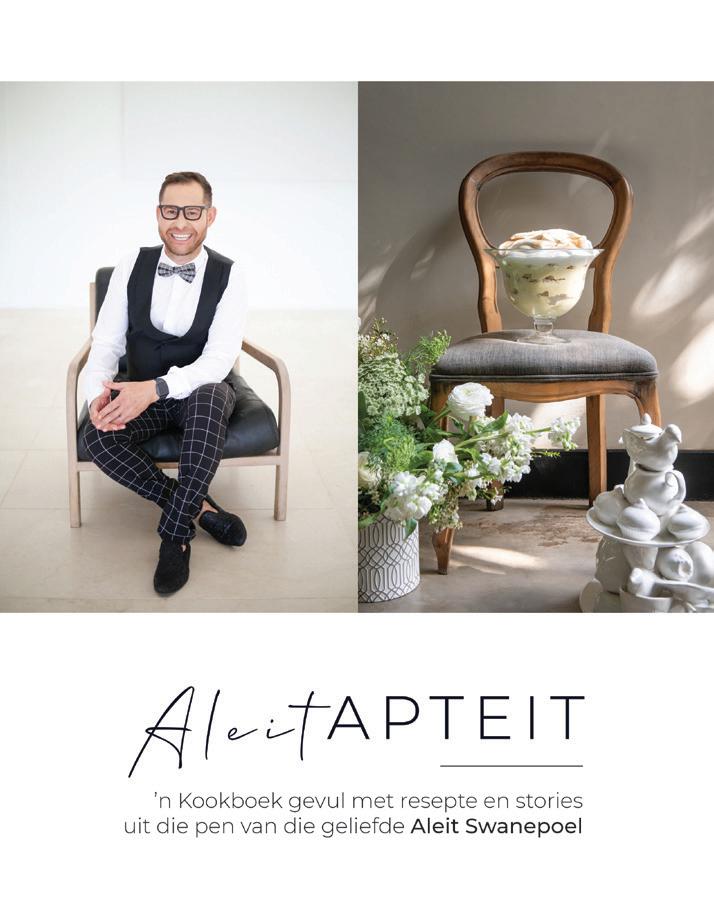
AleitAptyt is nou beskikbaar.
Introducing The Hungry Penguin, your go-to for mouthwatering recipes for every taste – from celebratory starters to divine desserts, meaty to meat-free and budget-friendly to over-the-top – from Penguin's expert cookbook authors. Follow us on Instagram @thehungrypenguin_sa
THE PENGUIN POST JANUARY/FEBRUARY 2023 29 FOOD
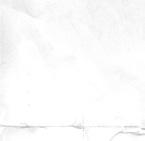

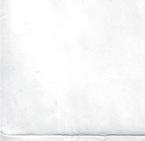


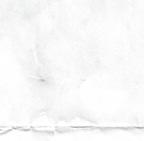





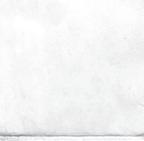


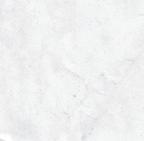
‘IOn my mind
‘There is little doubt that BEE needs a rethink.’
Chris Bishop, journalist and the founding editor of Forbes Africa and Billionaire Tomorrow, describes the process he went through in writing a book that questions the impact of one of the biggest economic experiments in Africa: black economic empowerment.
t is tough writing a book on a controversial subject knowing, as worthy as it may be, you are on a hiding to nothing.
Nearly a decade of commenting on government policy as well as juggling the lives and egos of the rich and powerful as the editor of Forbes Africa, and now the online publication Billionaire Tomorrow, taught me it is never easy and often fraught. Throw in politics, controversial government policy and the growing issue of poverty and almost everyone has an opinion.Yet, I decided to put my arm in the fire by spending more than a year penning The BEE Billionaires
The world of black economic empowerment is a confusing one that is as murky as it is fascinating, and likely to loom ever larger in the struggling South African economy. I thought there was no better time for a critical look at the policy after nearly 20 years of road testing through the potholes and profits.
The original idea of the book was to look at the billionaires who made money from it. But I felt there was a much richer story to be told – the follies, the fronting, burnt fingers, the foul-ups and the failure of often vague policy to enact change, especially in key industries like mining. Many complain every government official has a different version of the rules.
The world of black economic empowerment is a confusing world that is as murky as it is fascinating.
down to the poor. Clouding BEE’s execution is that it is an emotive subject that draws extreme views from across the political spectrum that detract from the real issues. There is little doubt that it needs a rethink.
I wanted a human-interest approach from people who actually deal with BEE day in, day out. I also kept the pundits and analysts to a minimum and tried to steer clear of the lunatic fringe of extreme politics on all sides.
I drew on nearly 30 years on the road in Africa to also bring in the important historical context; from tales of Mandela, Maponya and the Kunene brothers – pioneers in black business long before policy.
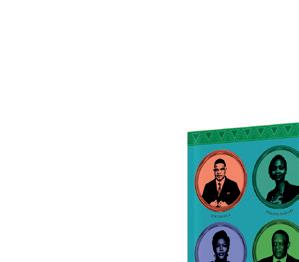

At a time when economic and political turmoil has riven South Africa, questions had to be asked of the politicians and business about how effective the policy is. The gap between rich and poor appears to be, if anything, growing larger; even those who have made millions from it admit little has trickled

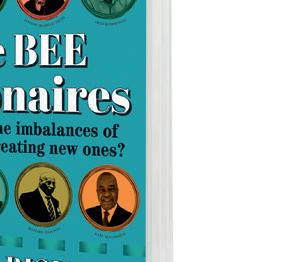
This is not an academic treatise; more of a story from the horse’s mouth. The deals, fears, failures, from all sides. We gathered the passionate words of Ipeleng Mkhari who poured her anger from the humiliation of being used as a BEE front to make a fortune in luxury hotels. There is Tshepo Mhloele, Africa’s media giant, on failing in furniture to a fortune from a canny Capitec deal; Multi-millionaire Sandile Zungu a fierce proponent of a policy that, in his own words, took him from “Vukuzakhe High to Hilton College to UCT to Harvard.” Battler Fred Robertson, who brought investment to the people, and Tim Tebeila, the mining king who grew up barefoot and now can afford the same expensive furniture as Donald Trump.

The BEE Billionaires is out now.
This is a rich, colourful story, written from the heart with the passionate words of those who made fortunes from BEE policy in gritty real-life stories. Anyone who cares about the future of South Africa should read this book –everyone is likely to have an opinion.’
THE PENGUIN POST JANUARY/FEBRUARY 2023 30 ON MY MIND



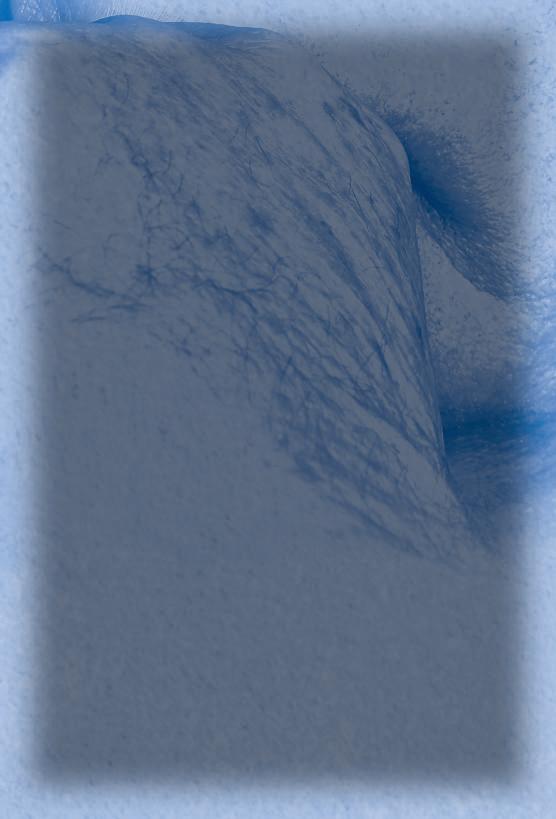



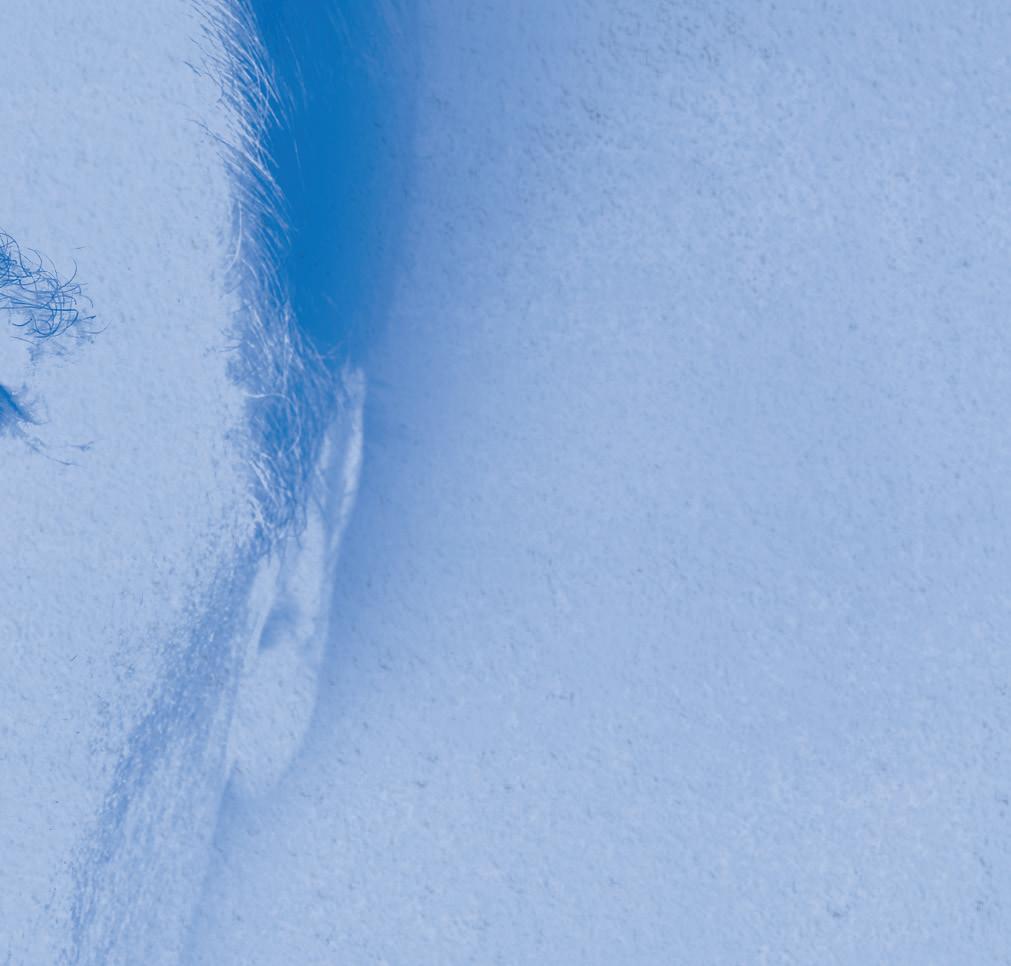

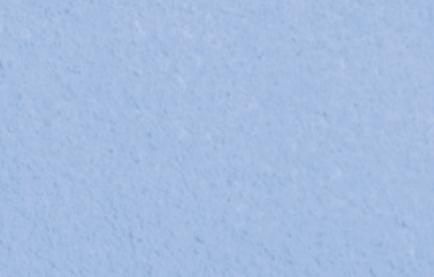

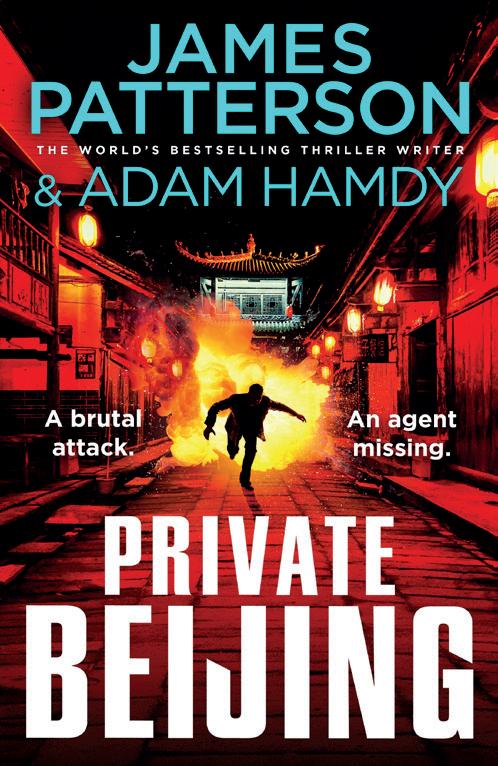


QUINTESSENTIAL PATTERSON



THE WORLD’S BESTSELLING THRILLER WRITER
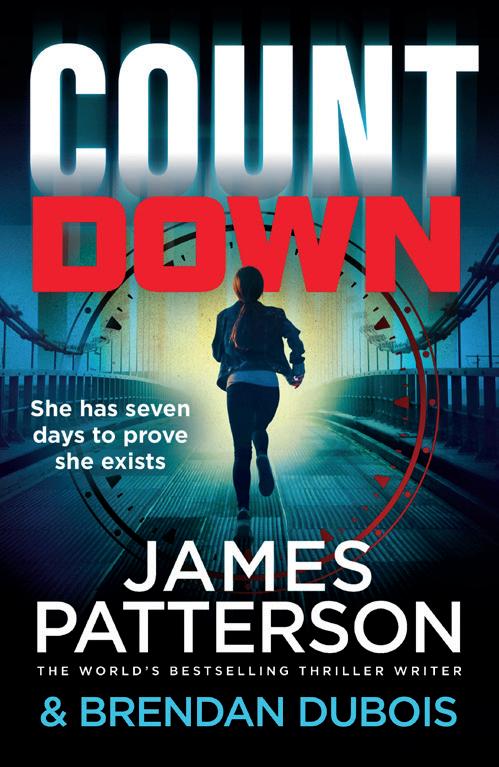
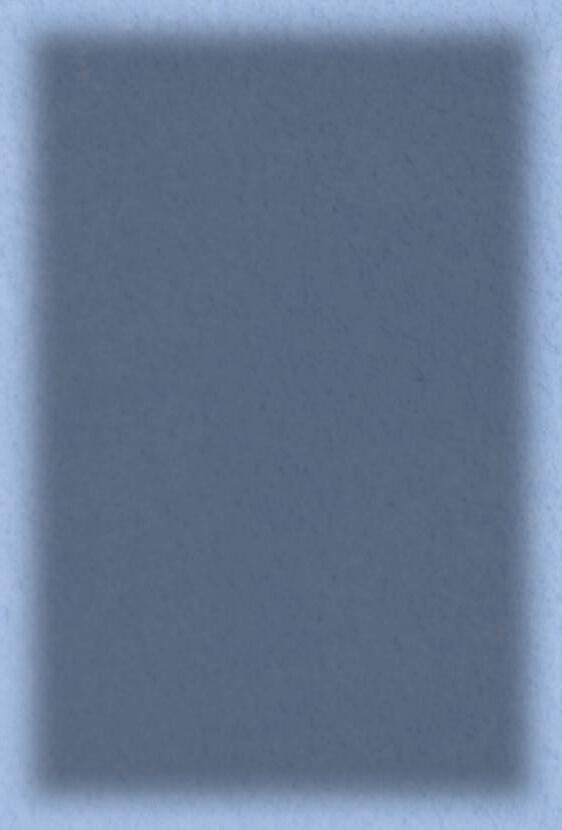

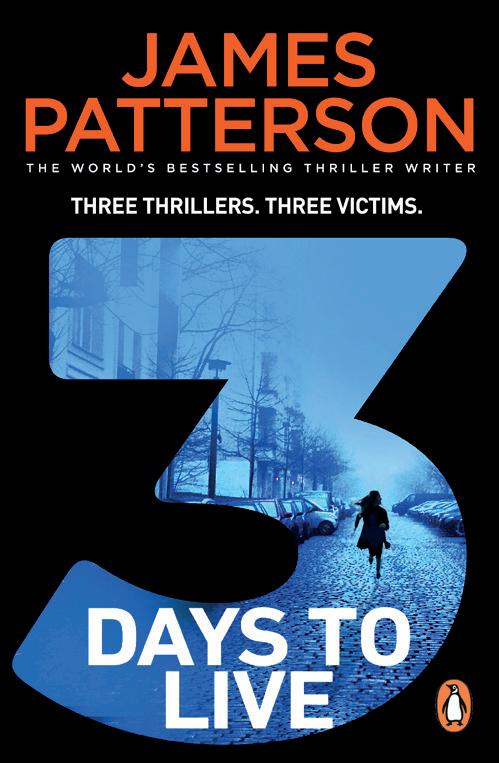


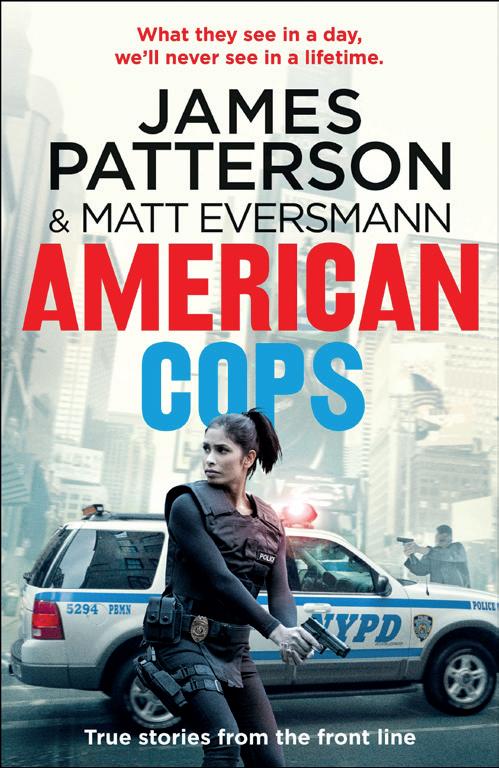


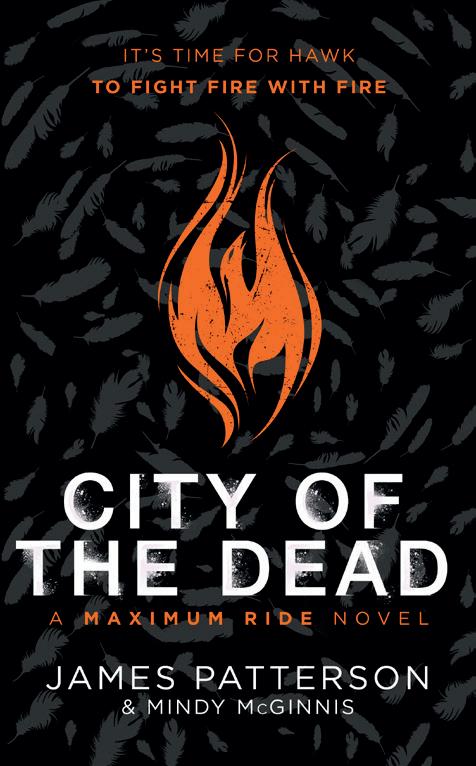
















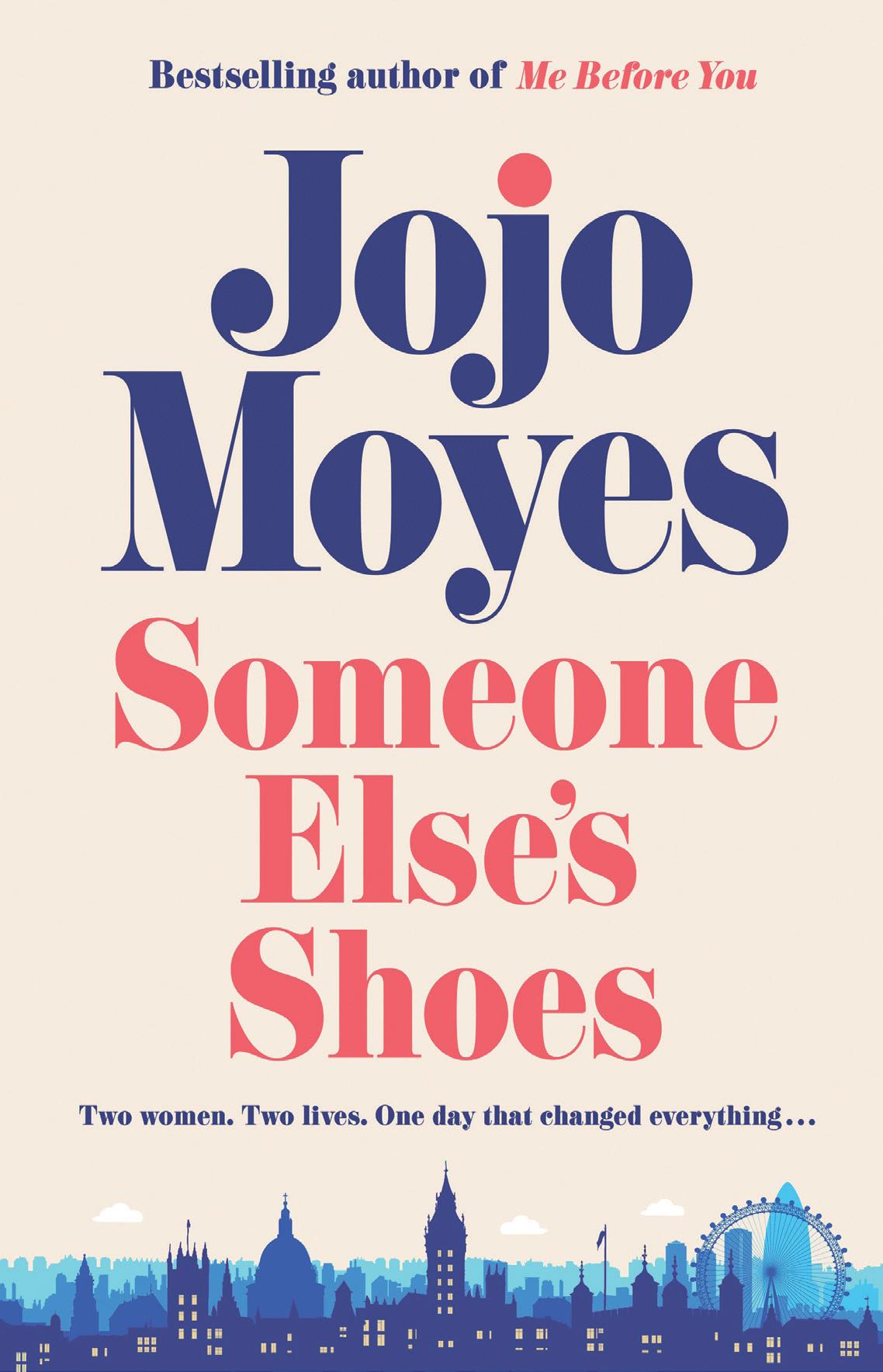


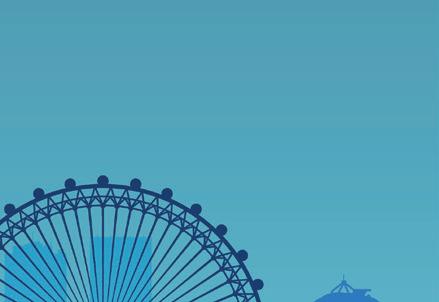
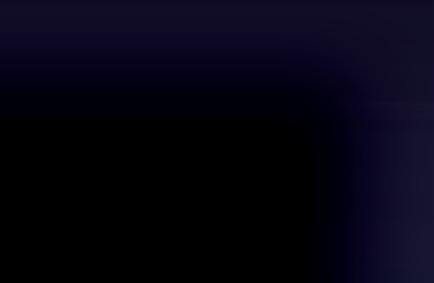






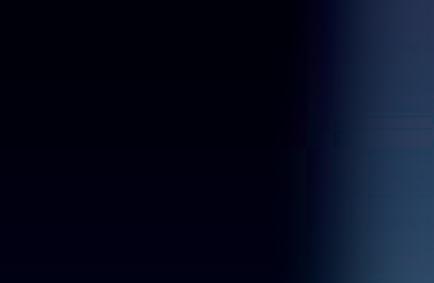
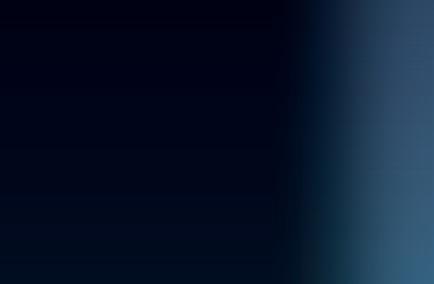





Who are you when you are forced to walk in someone else’s shoes?













